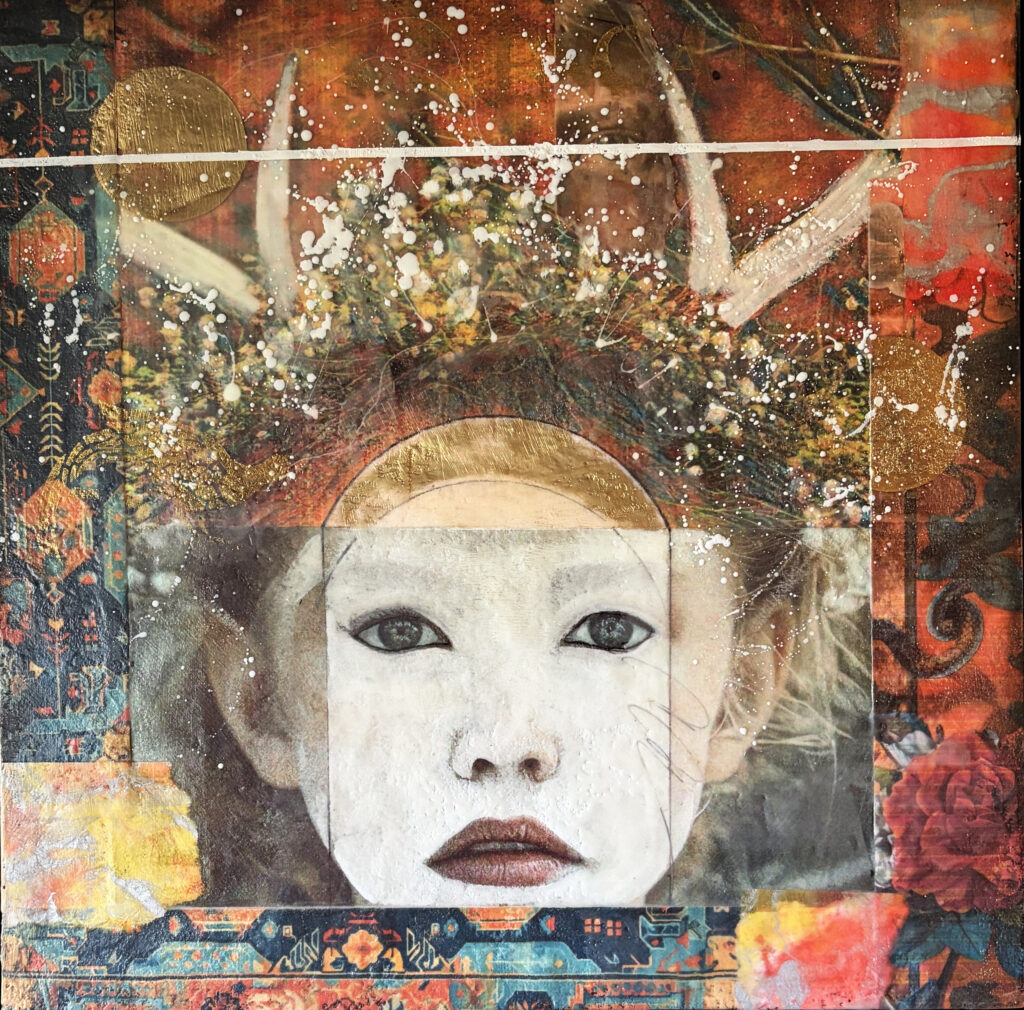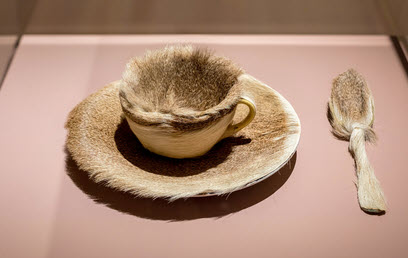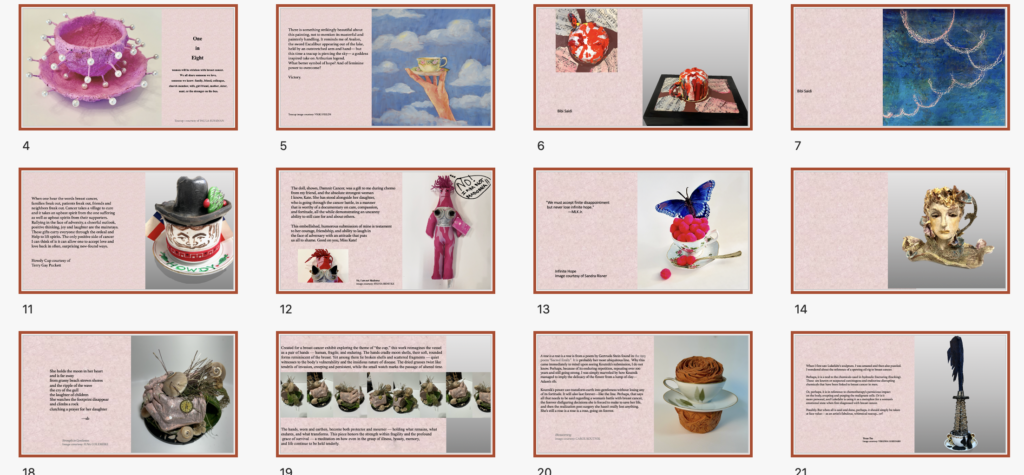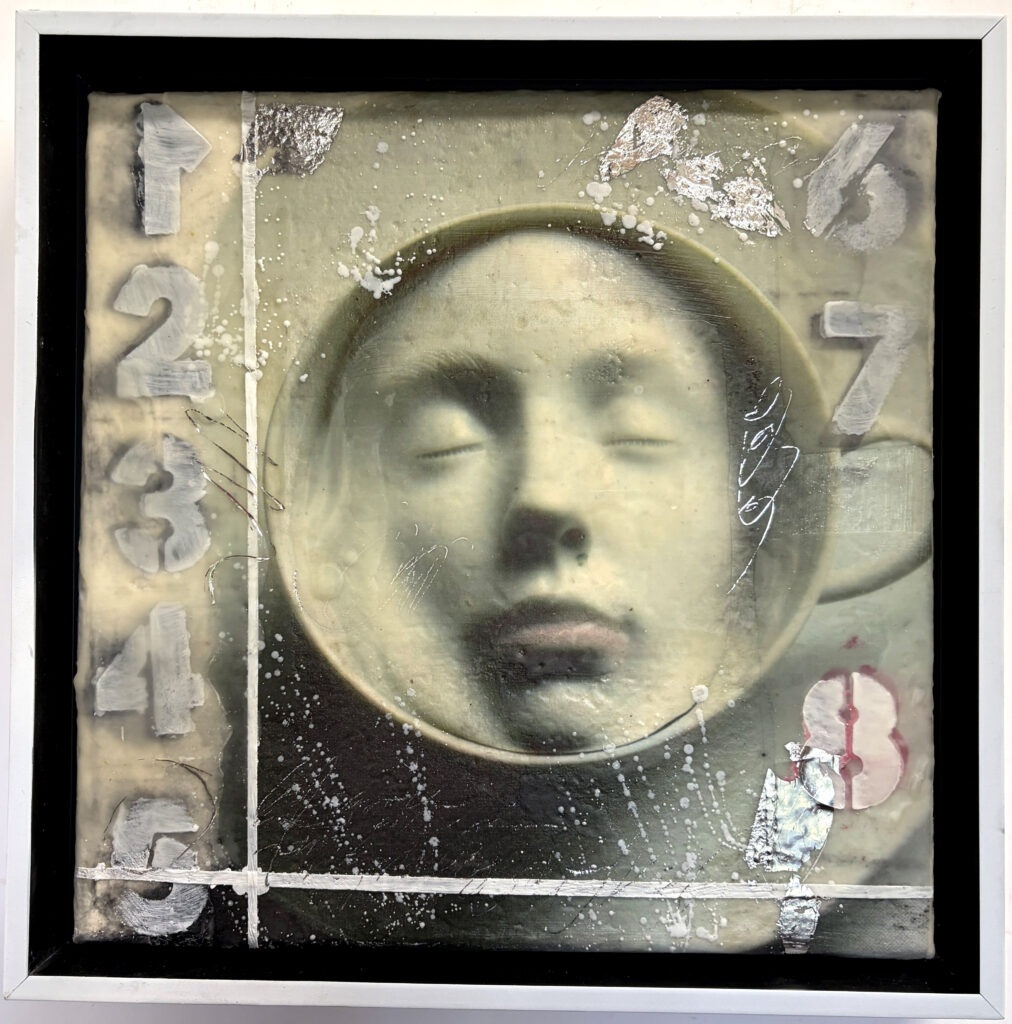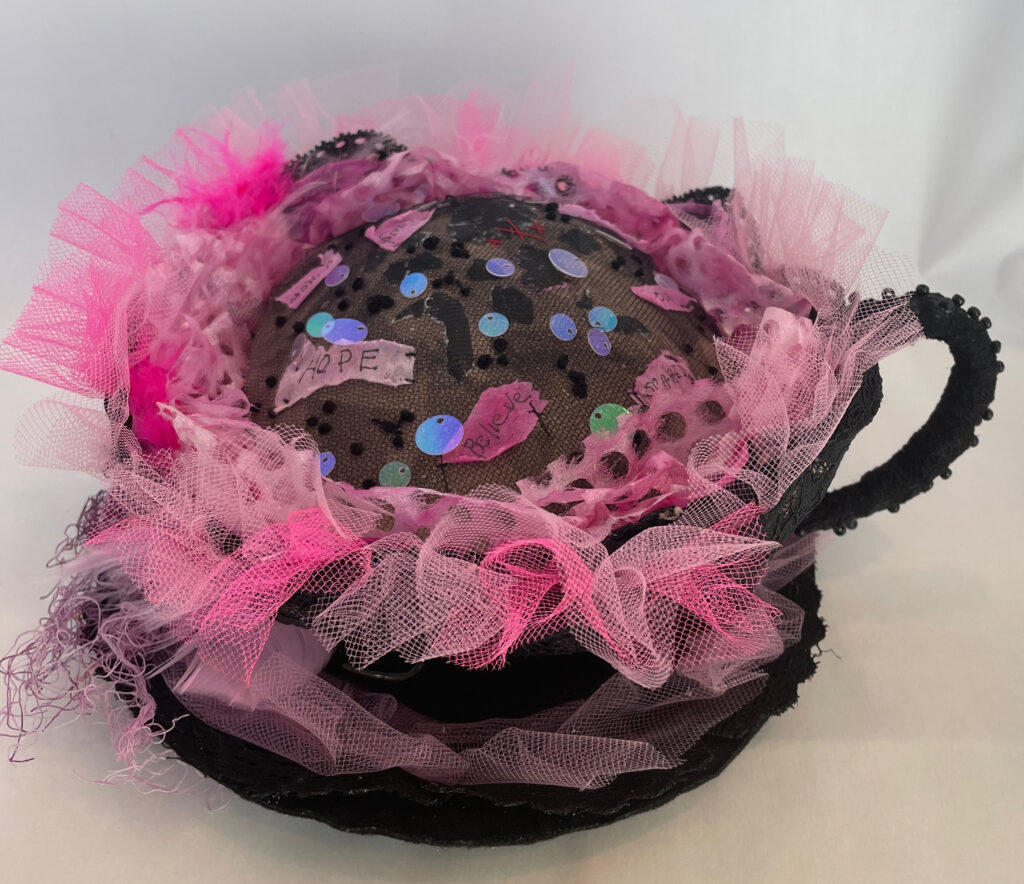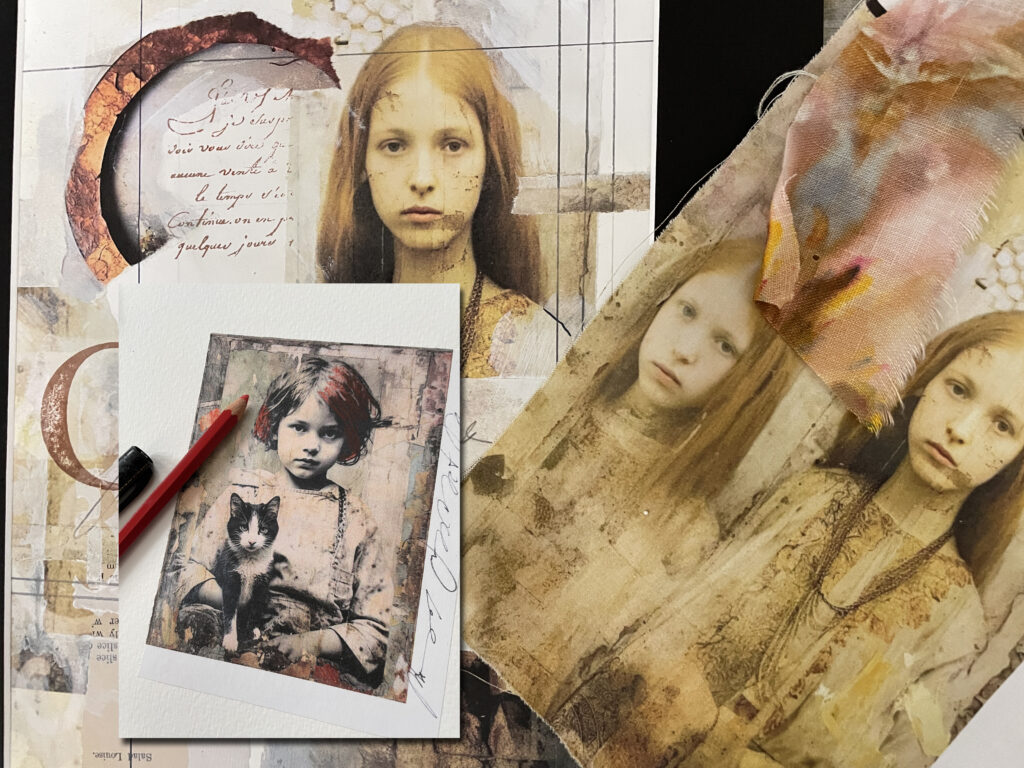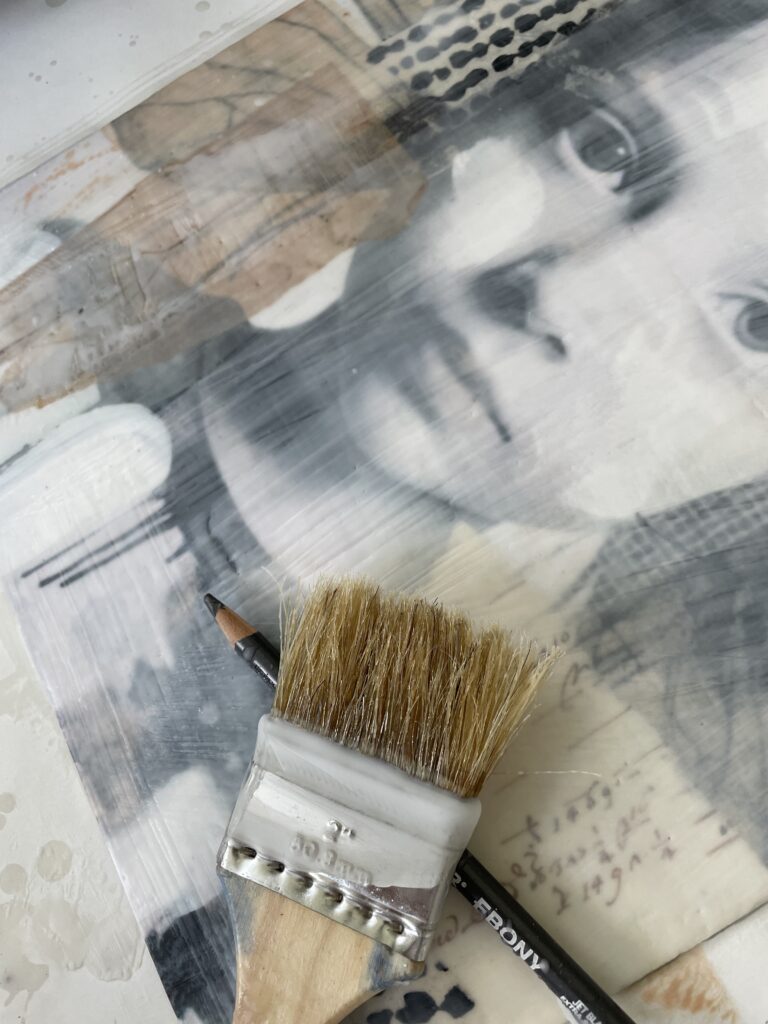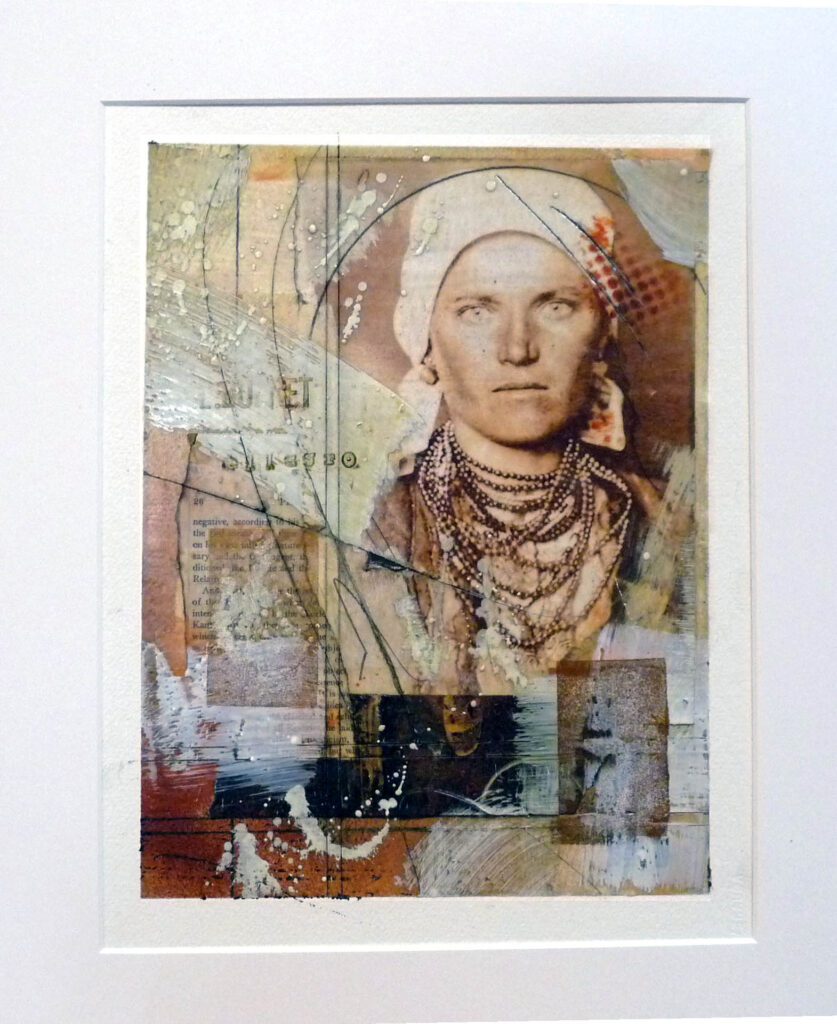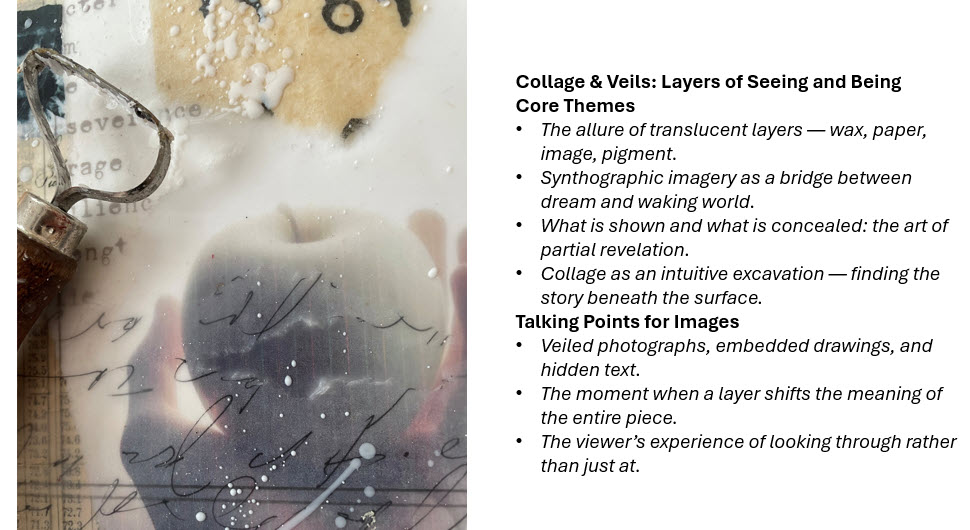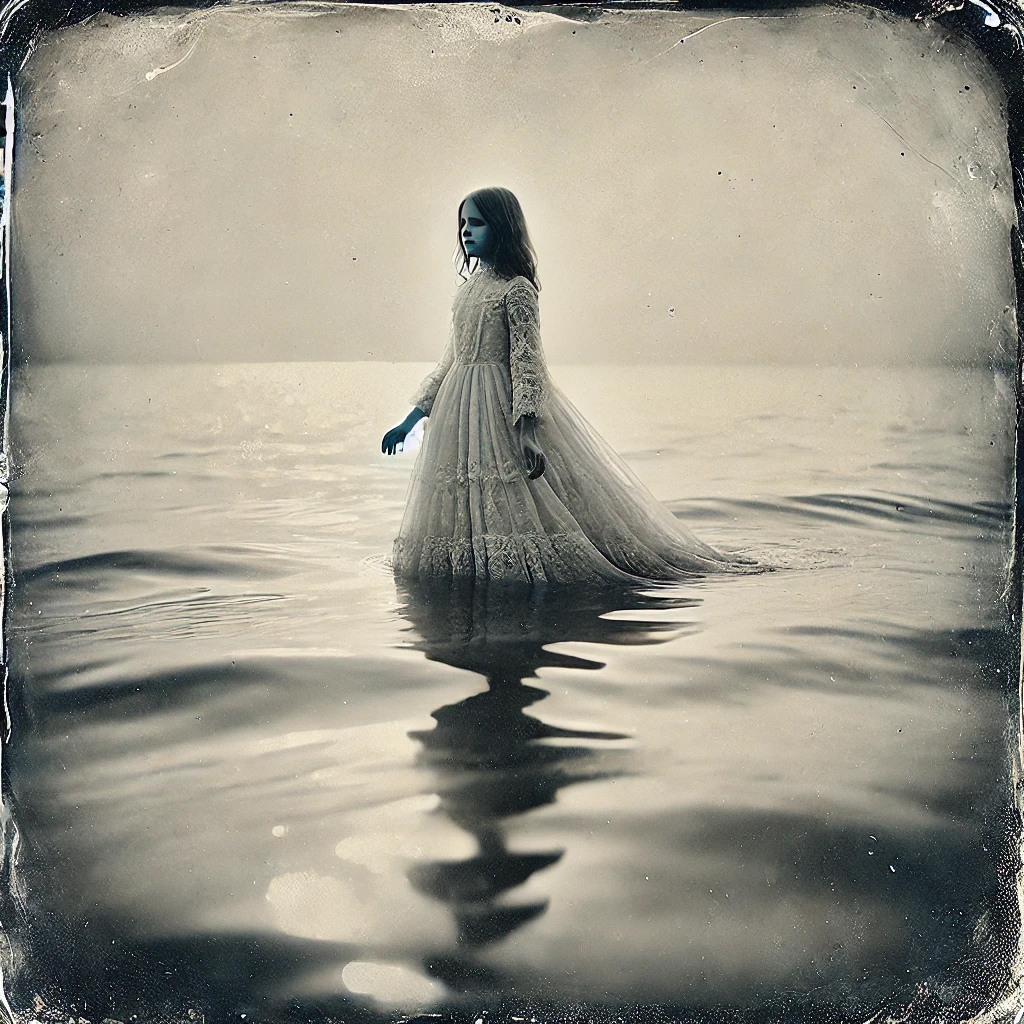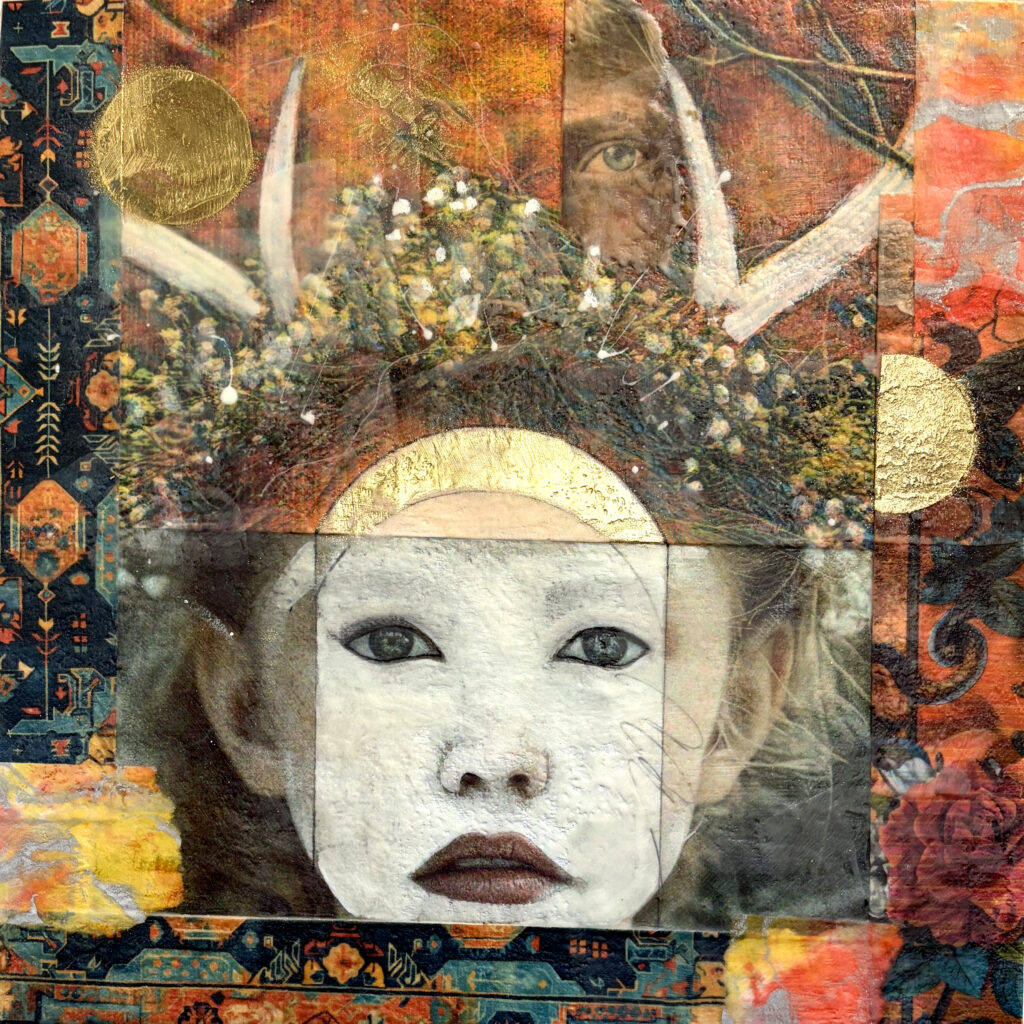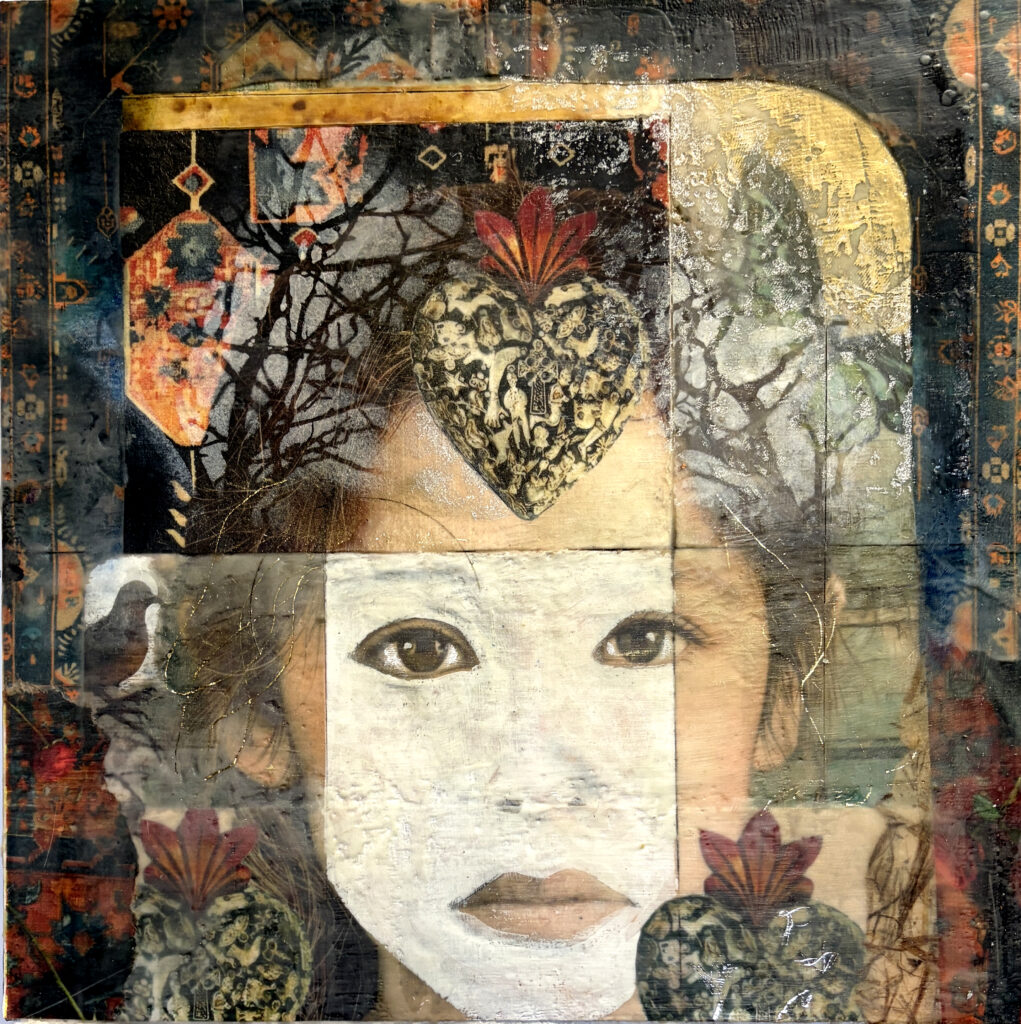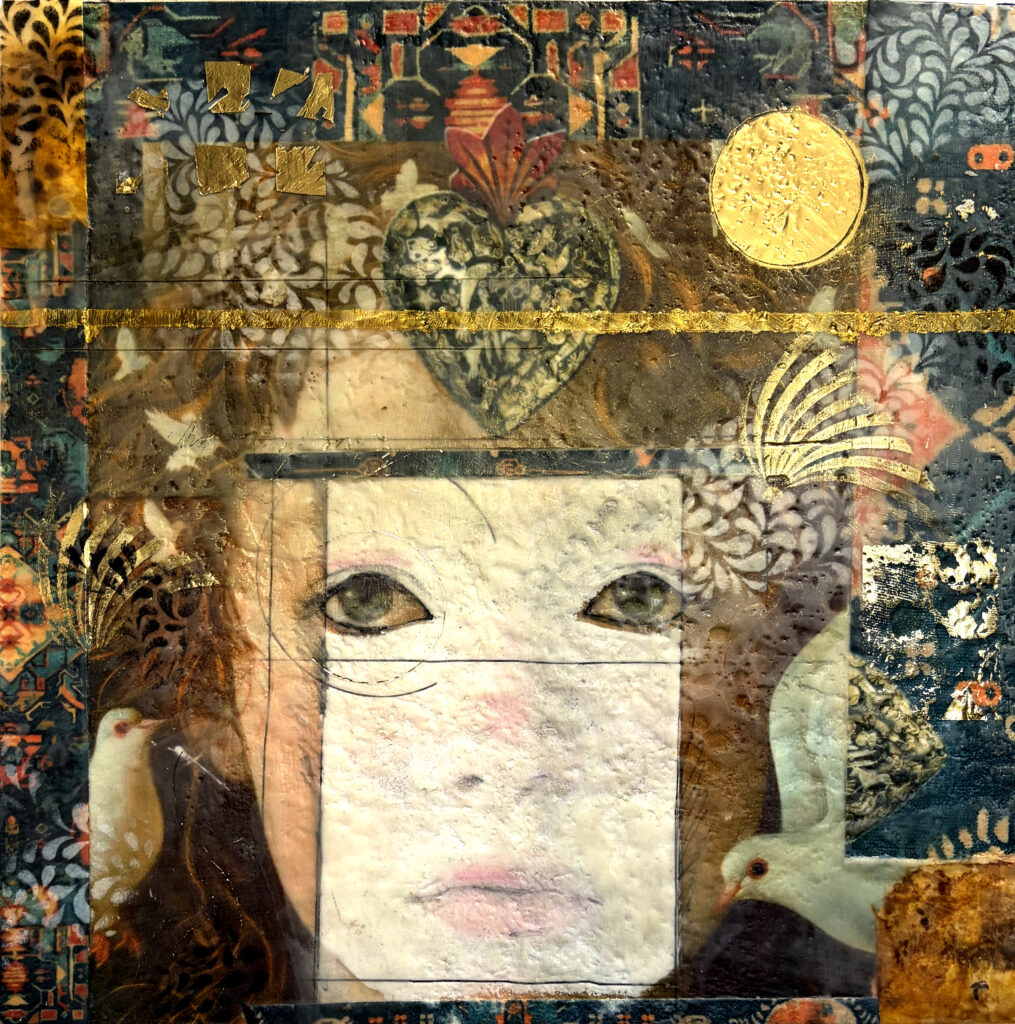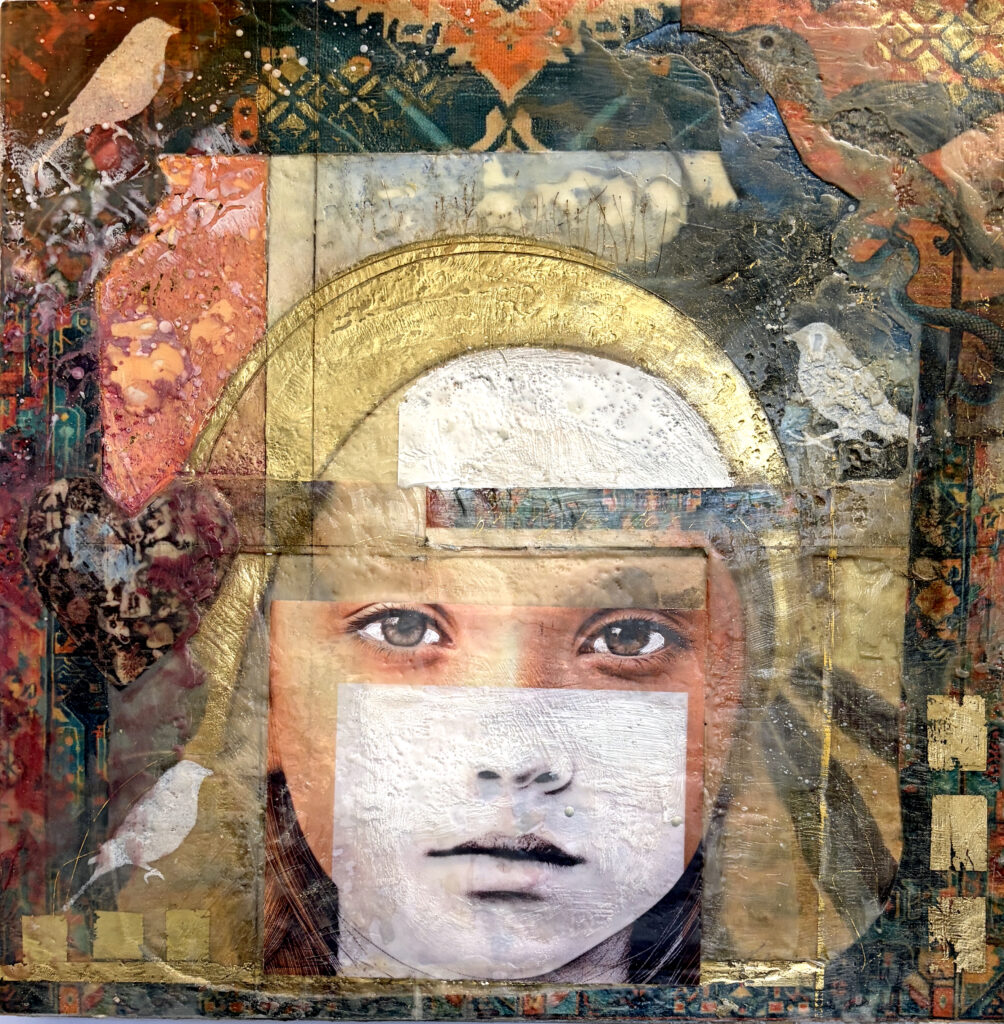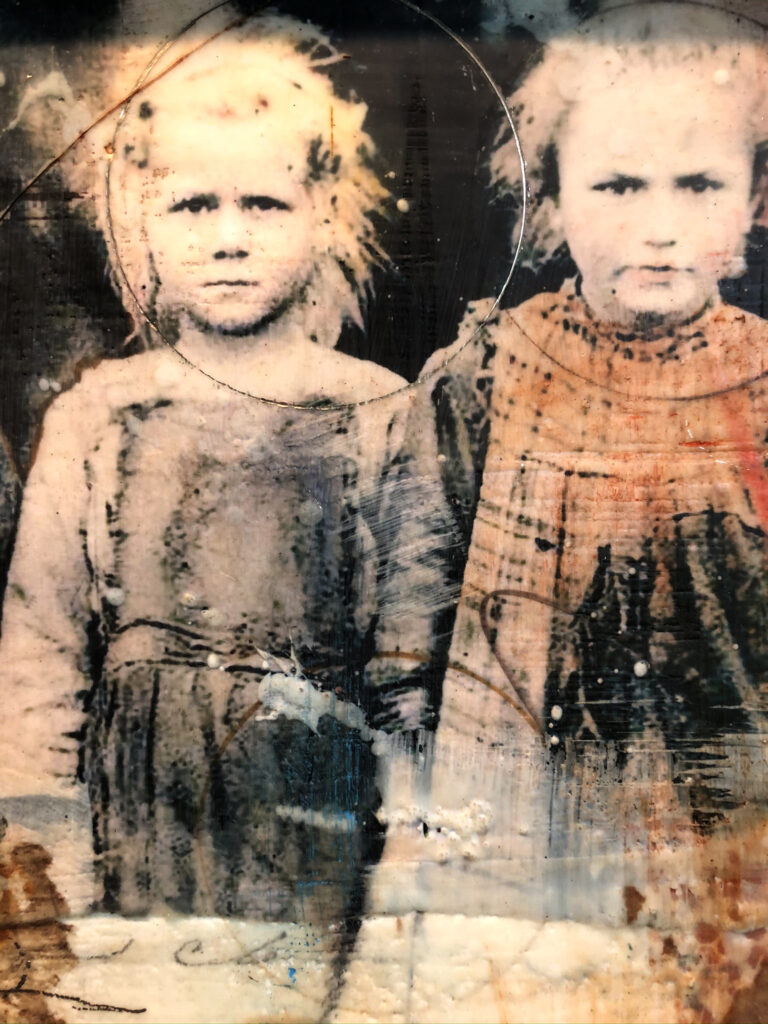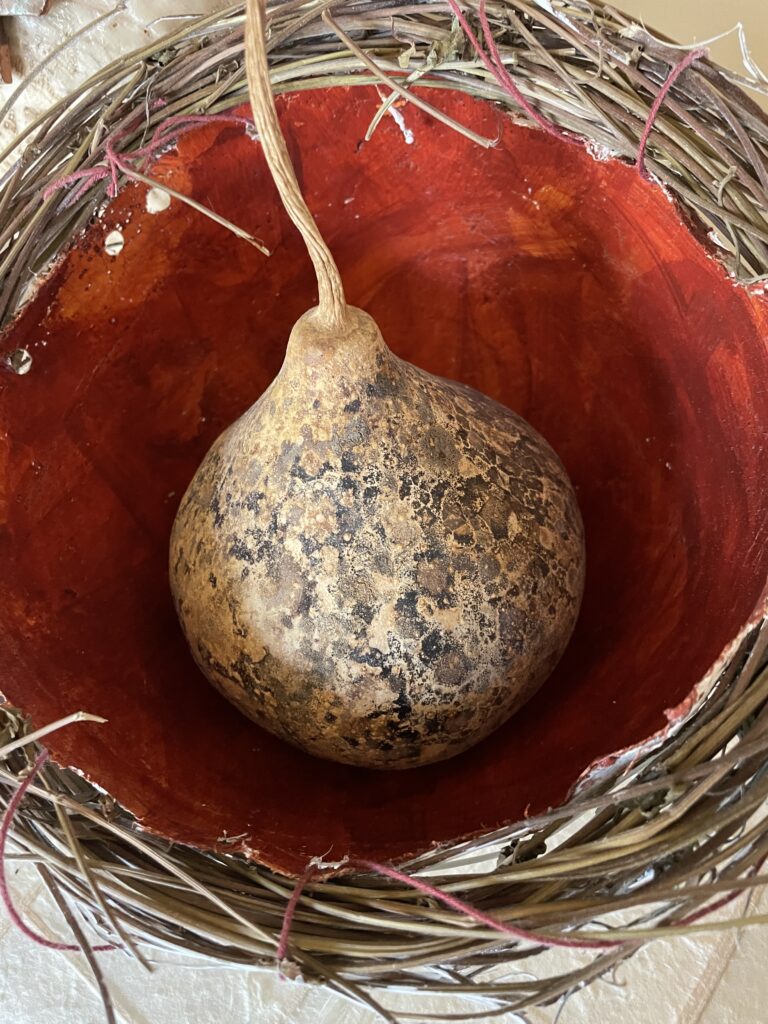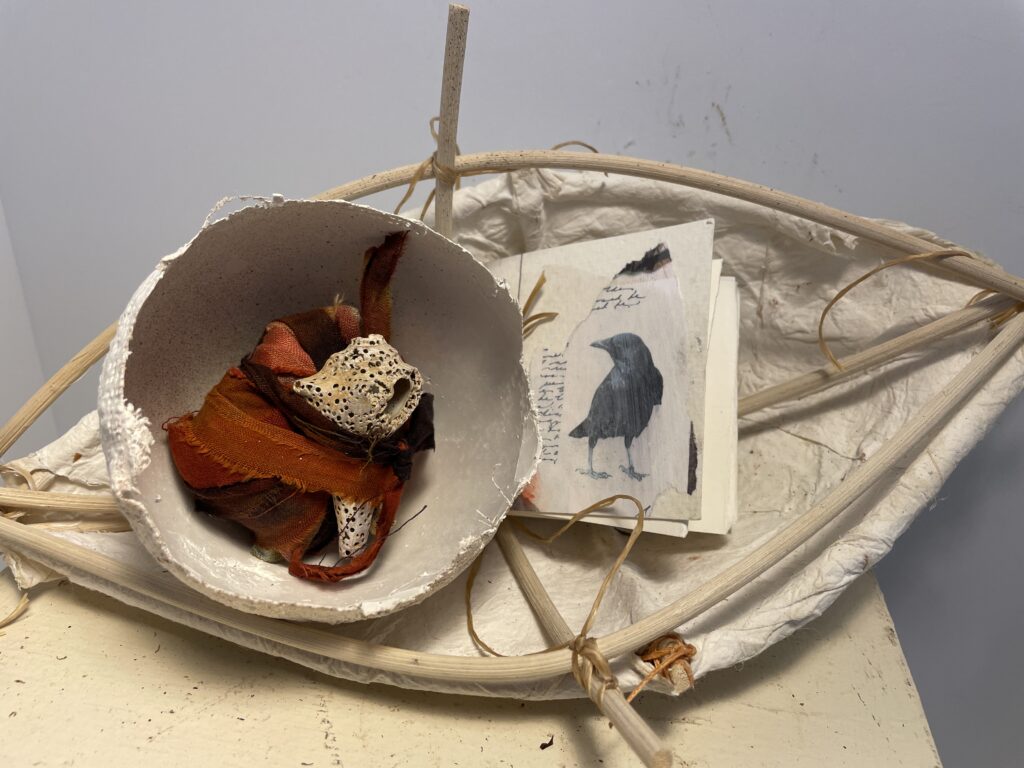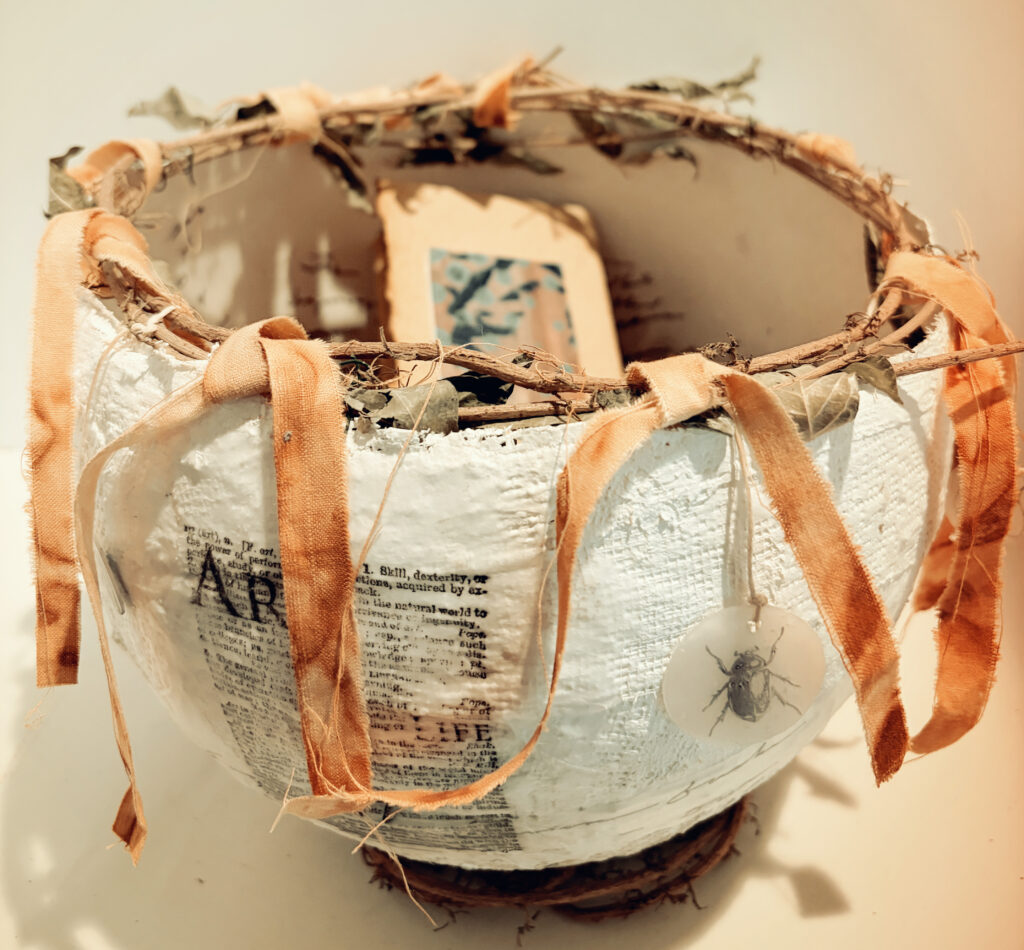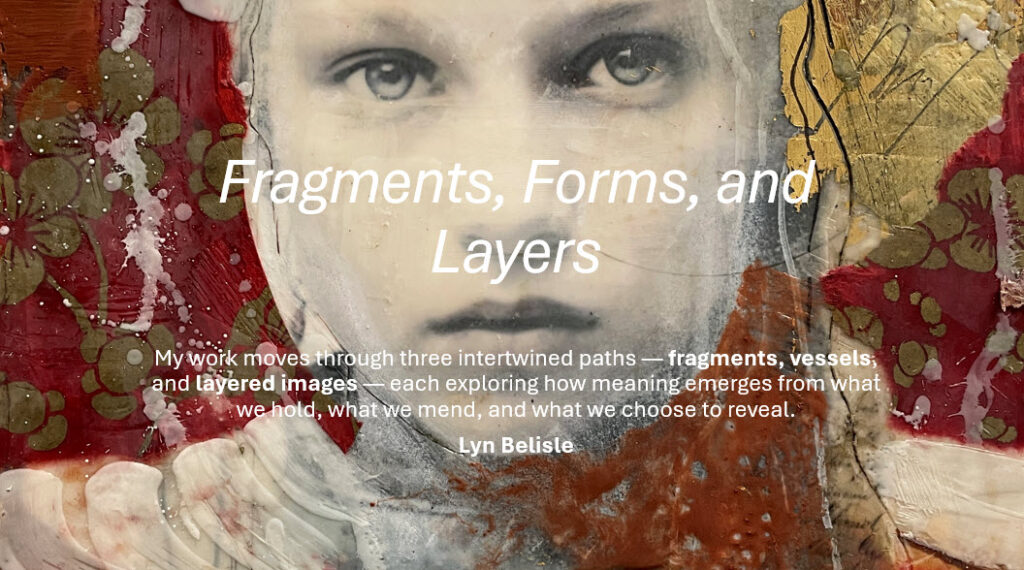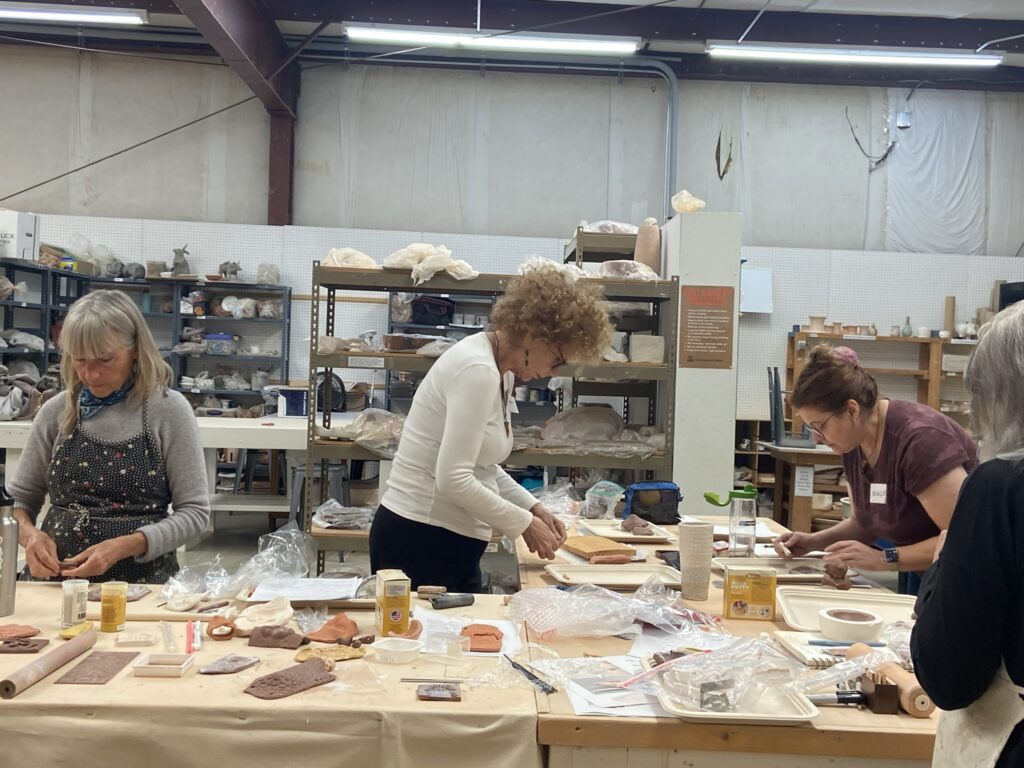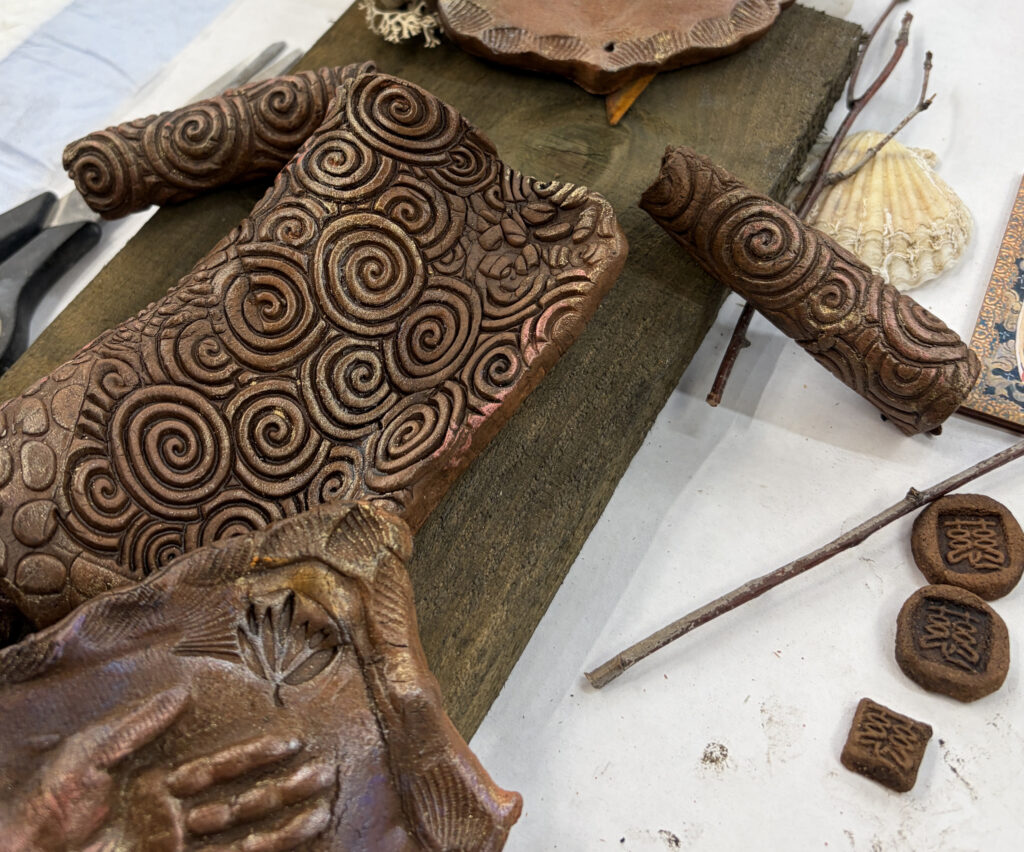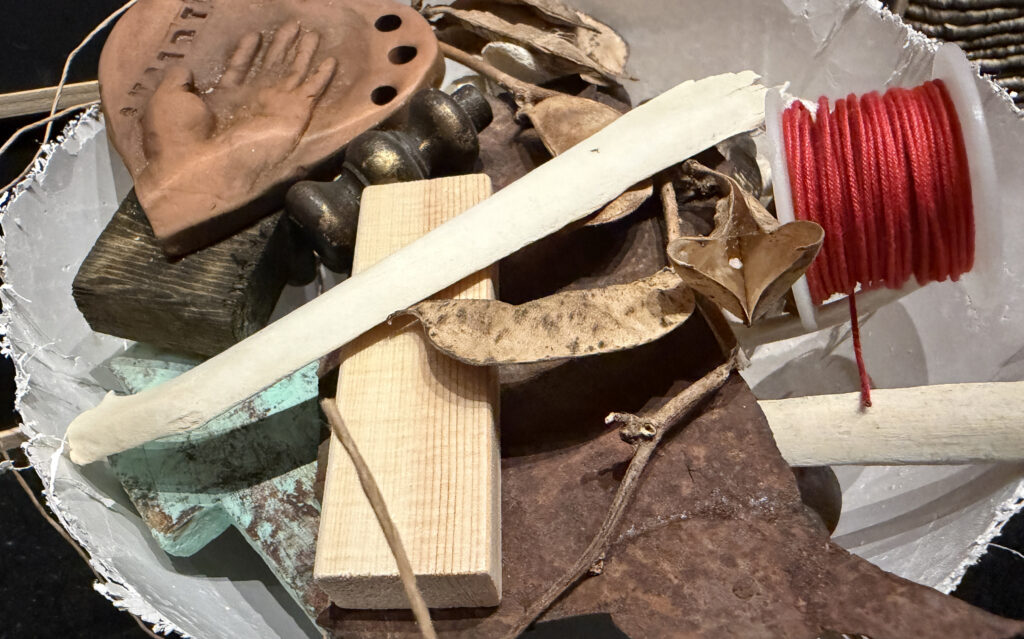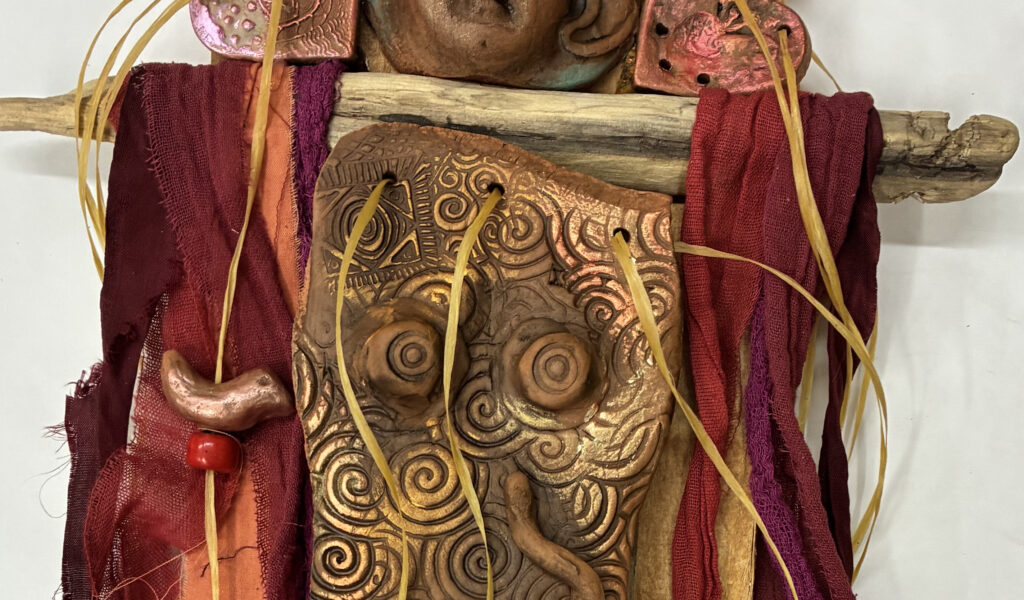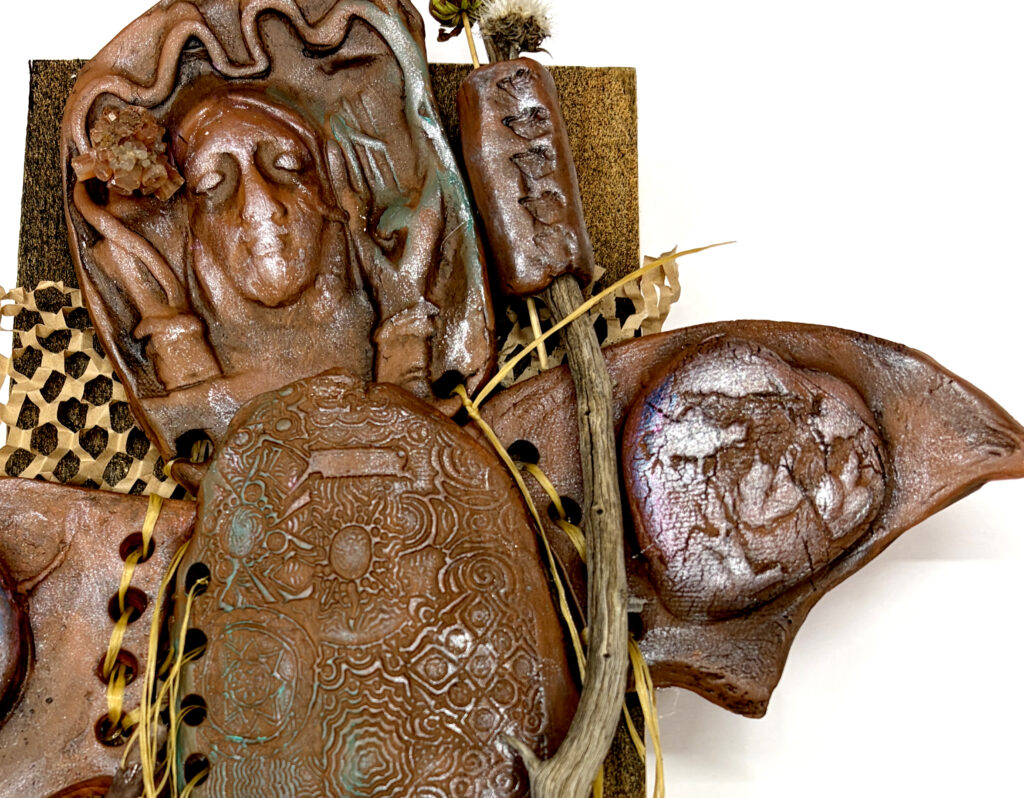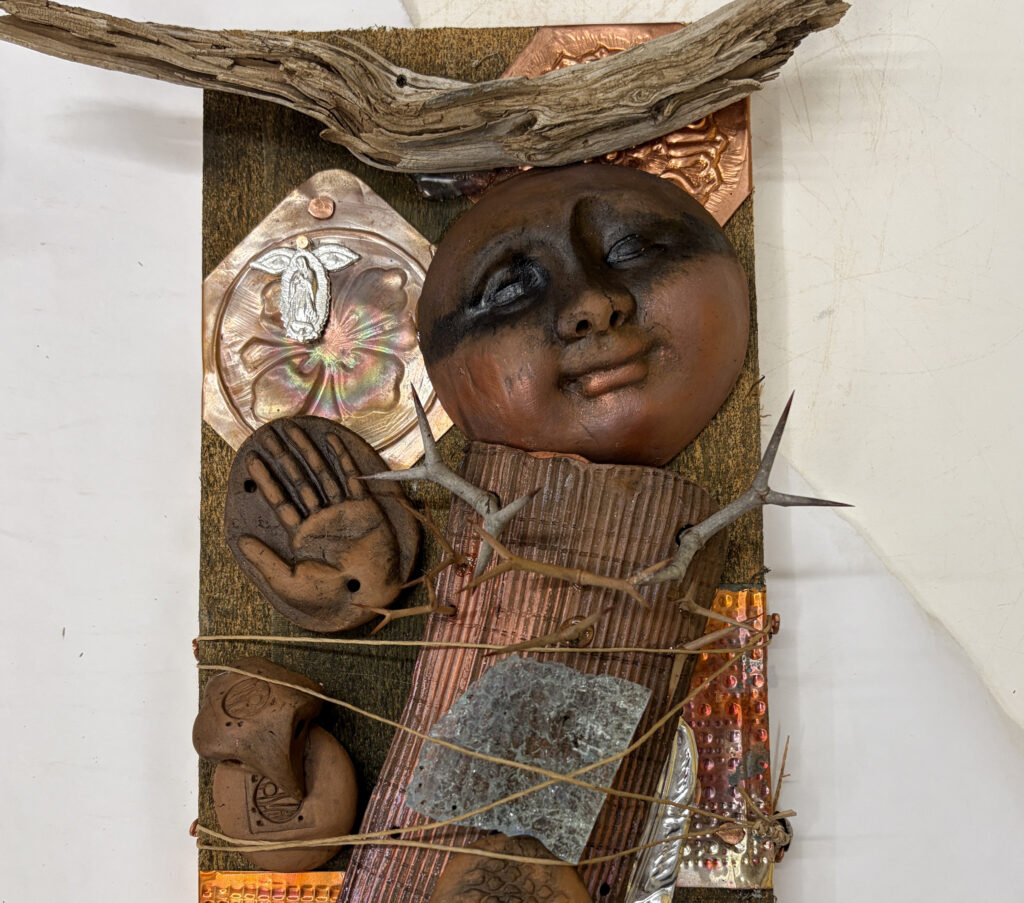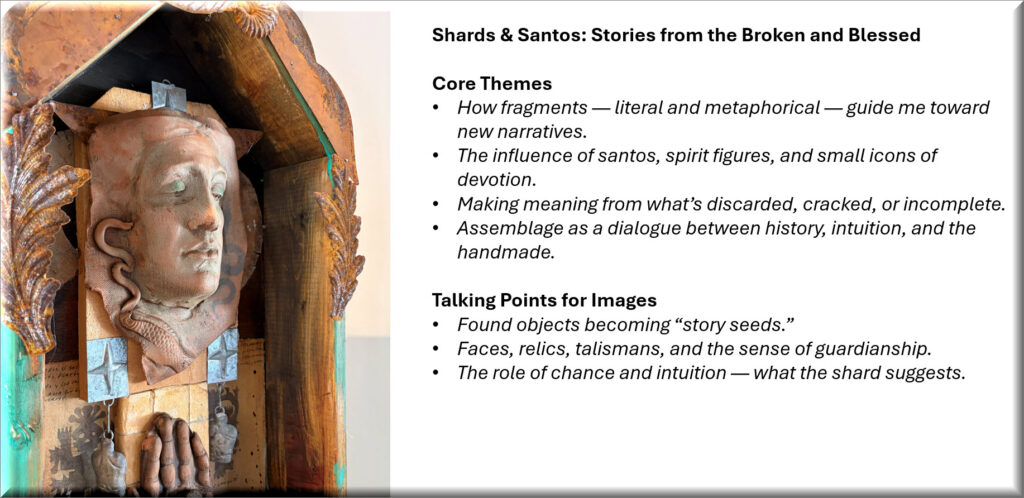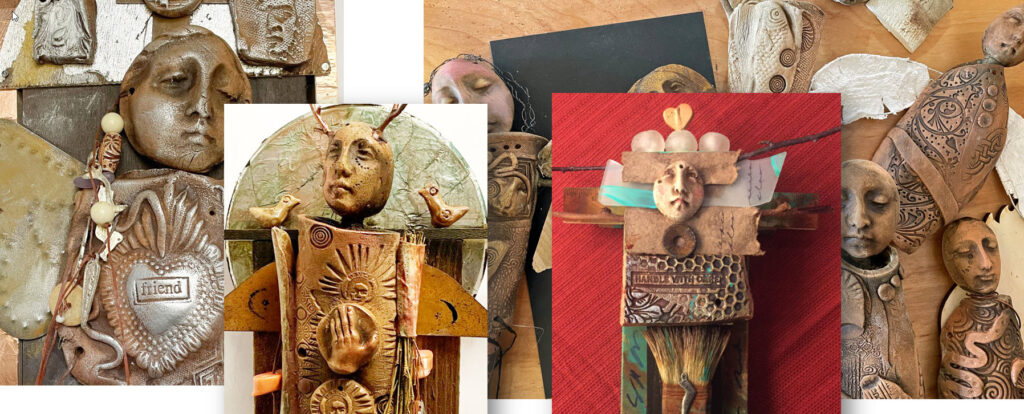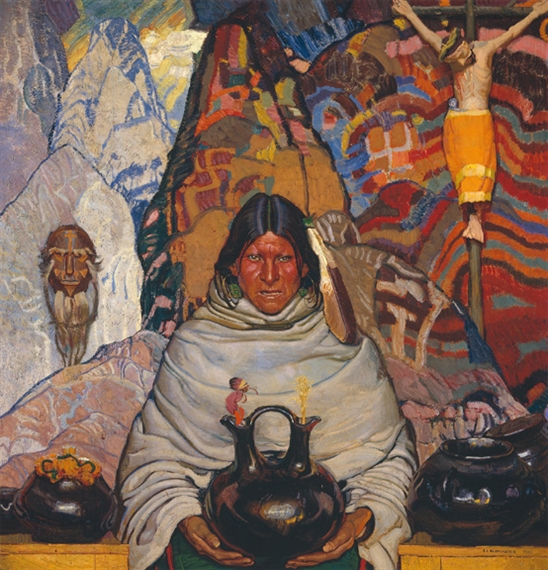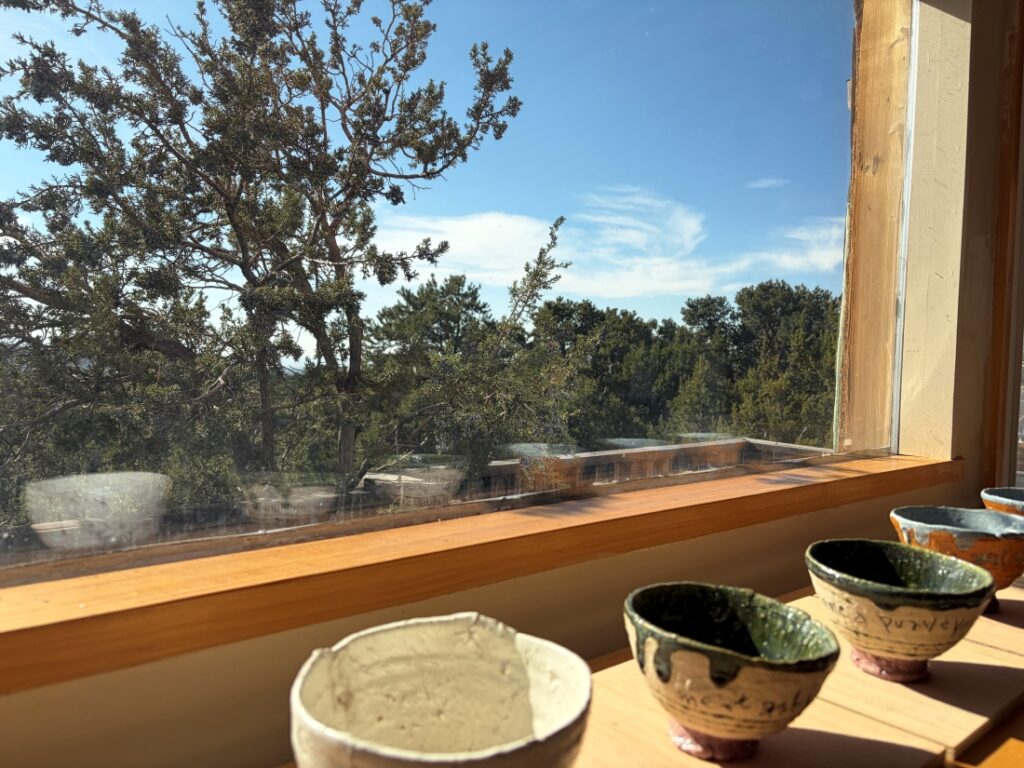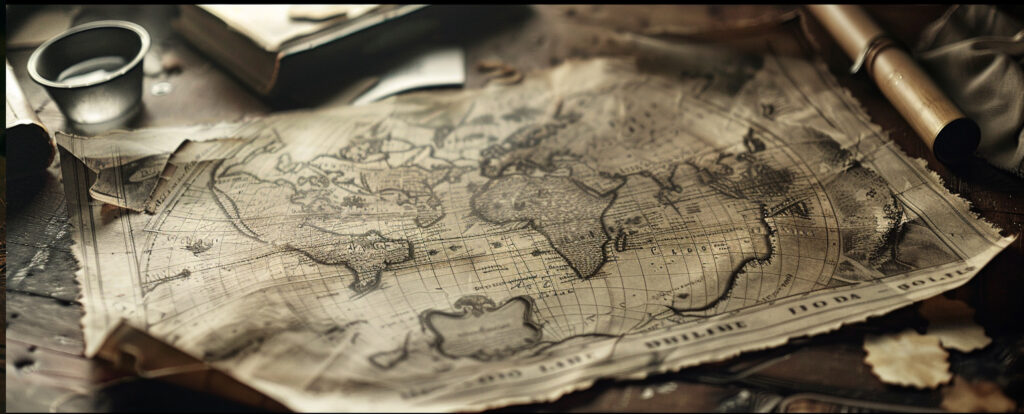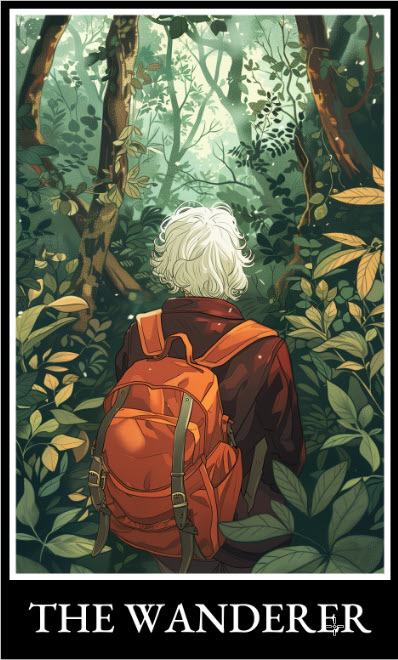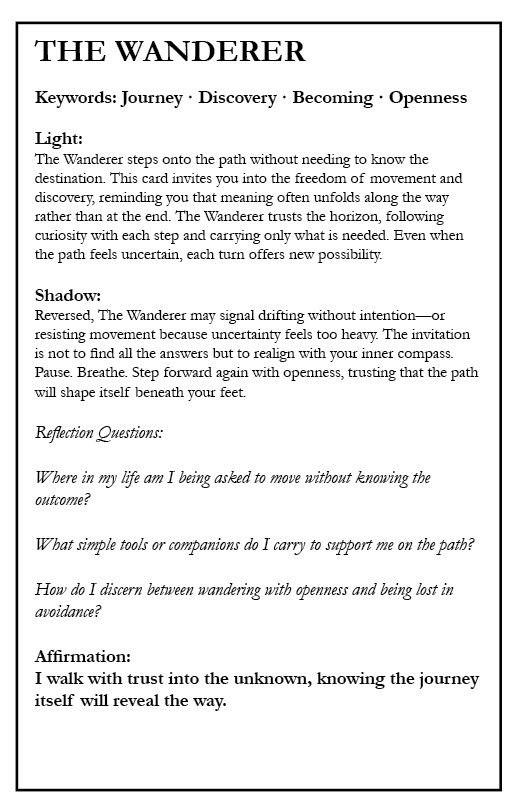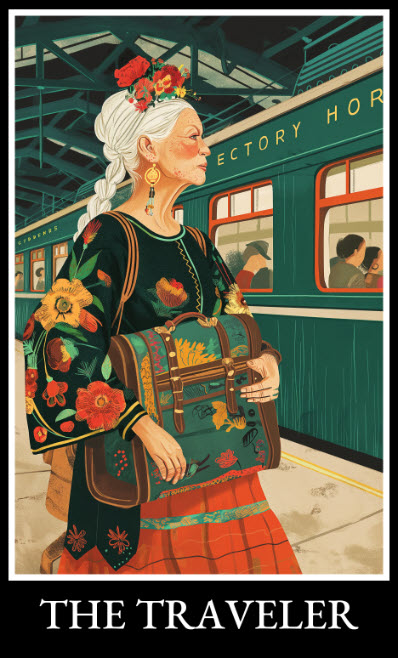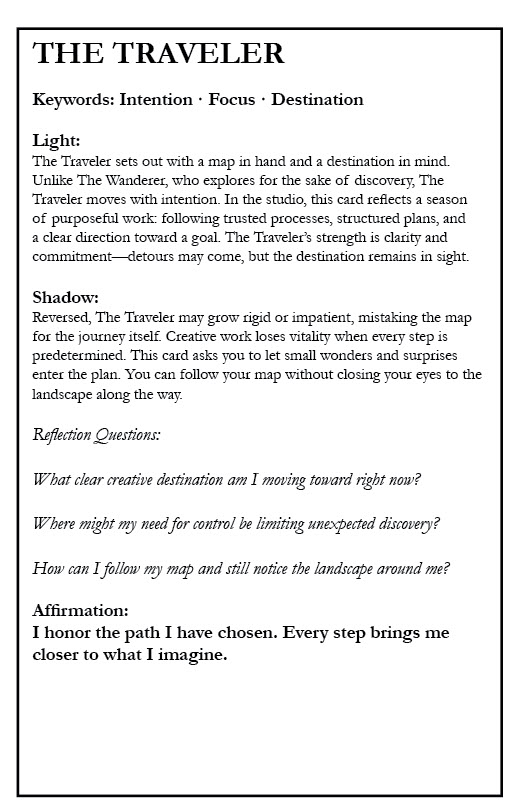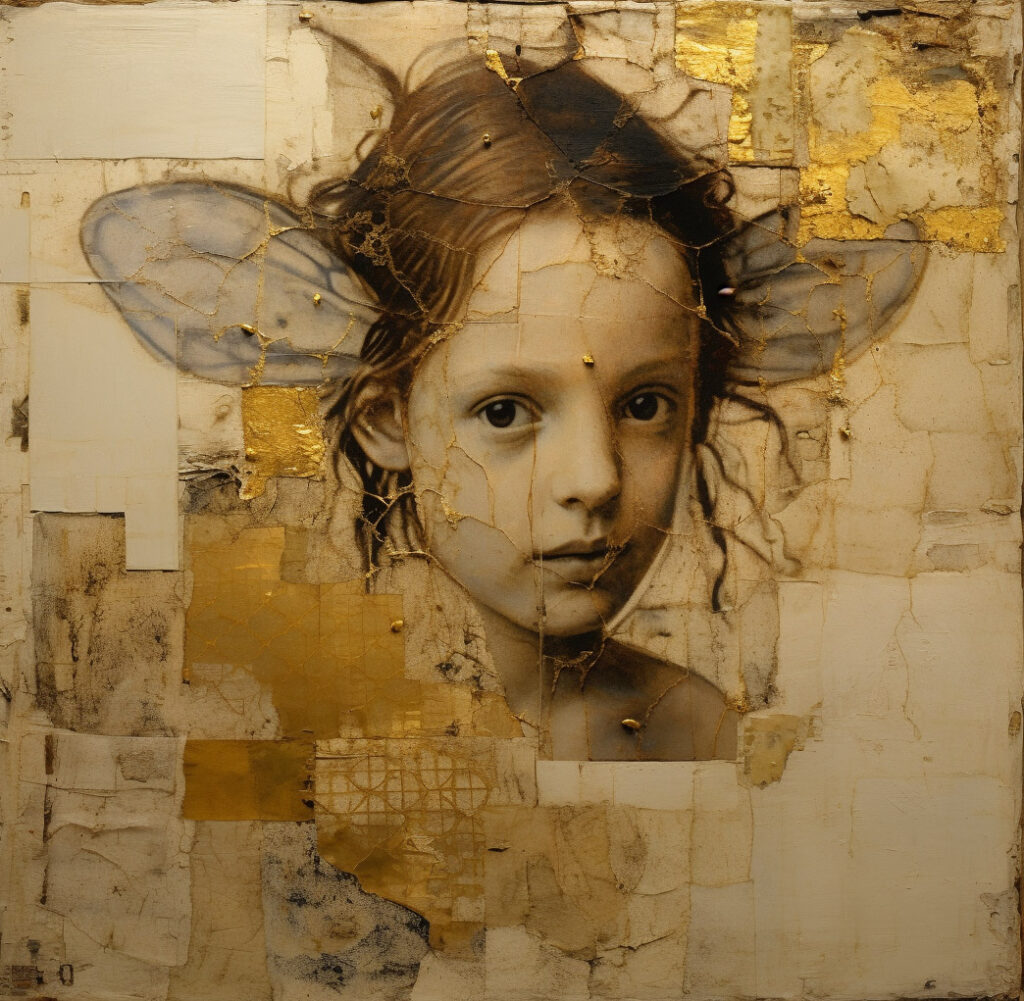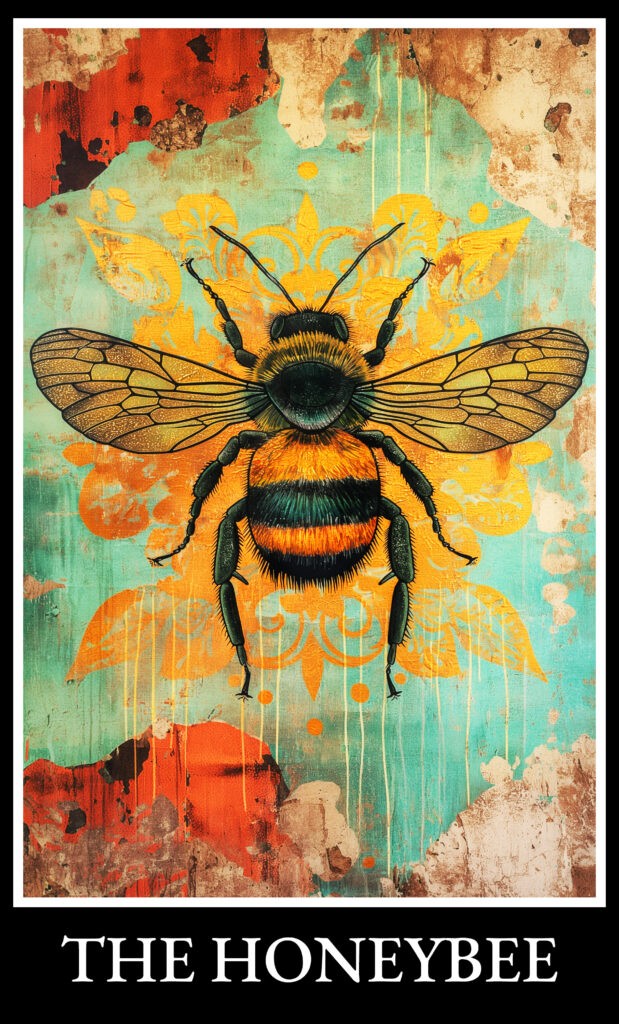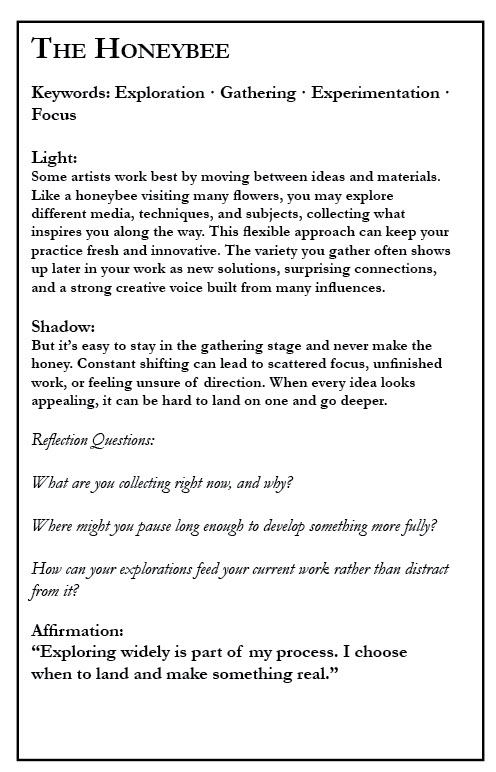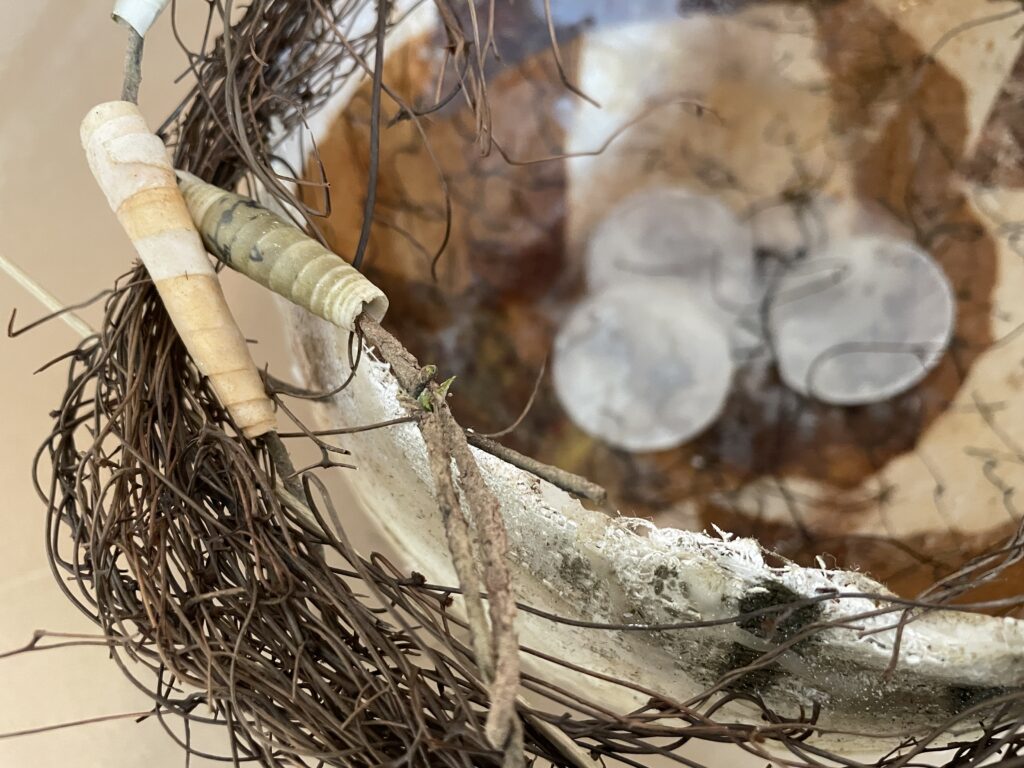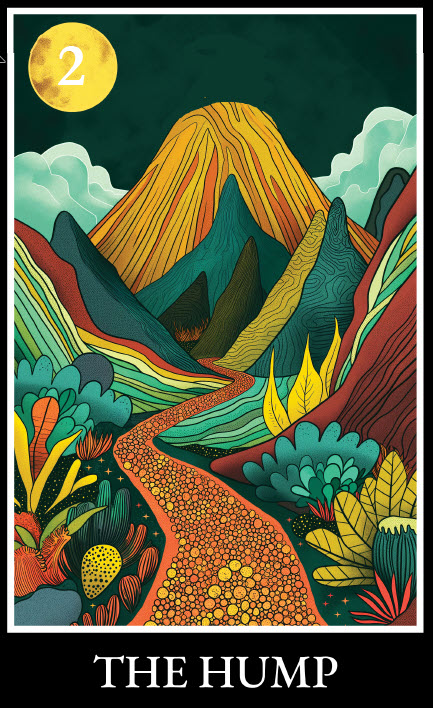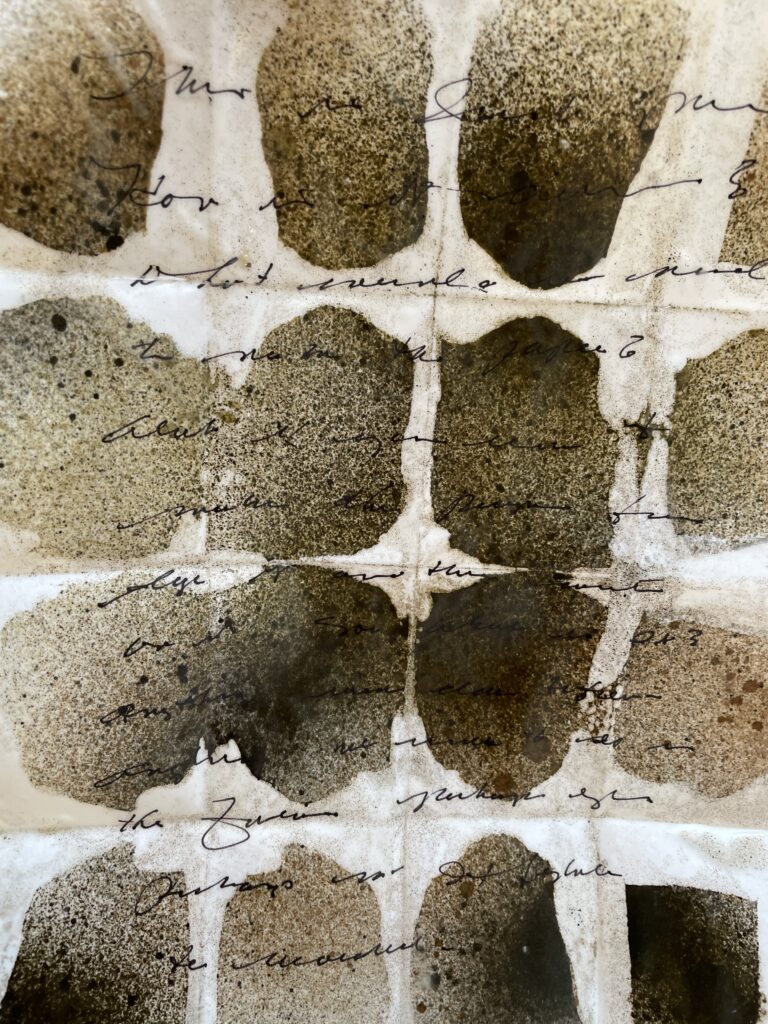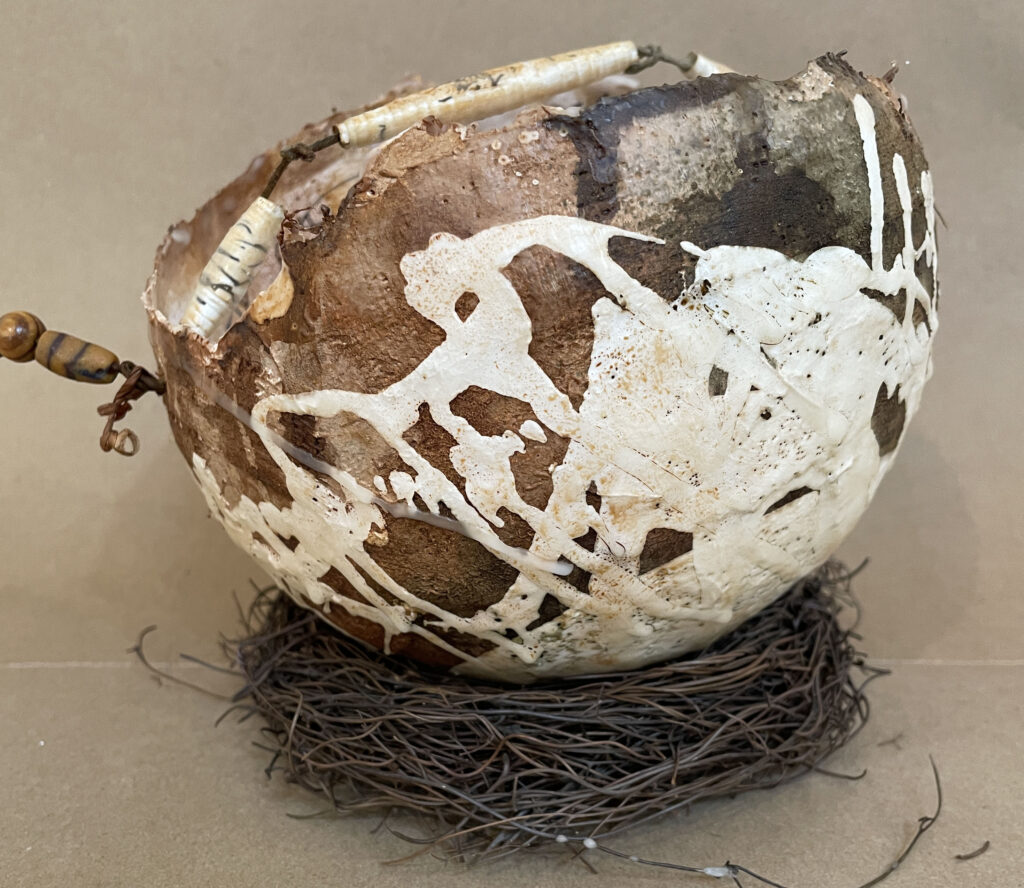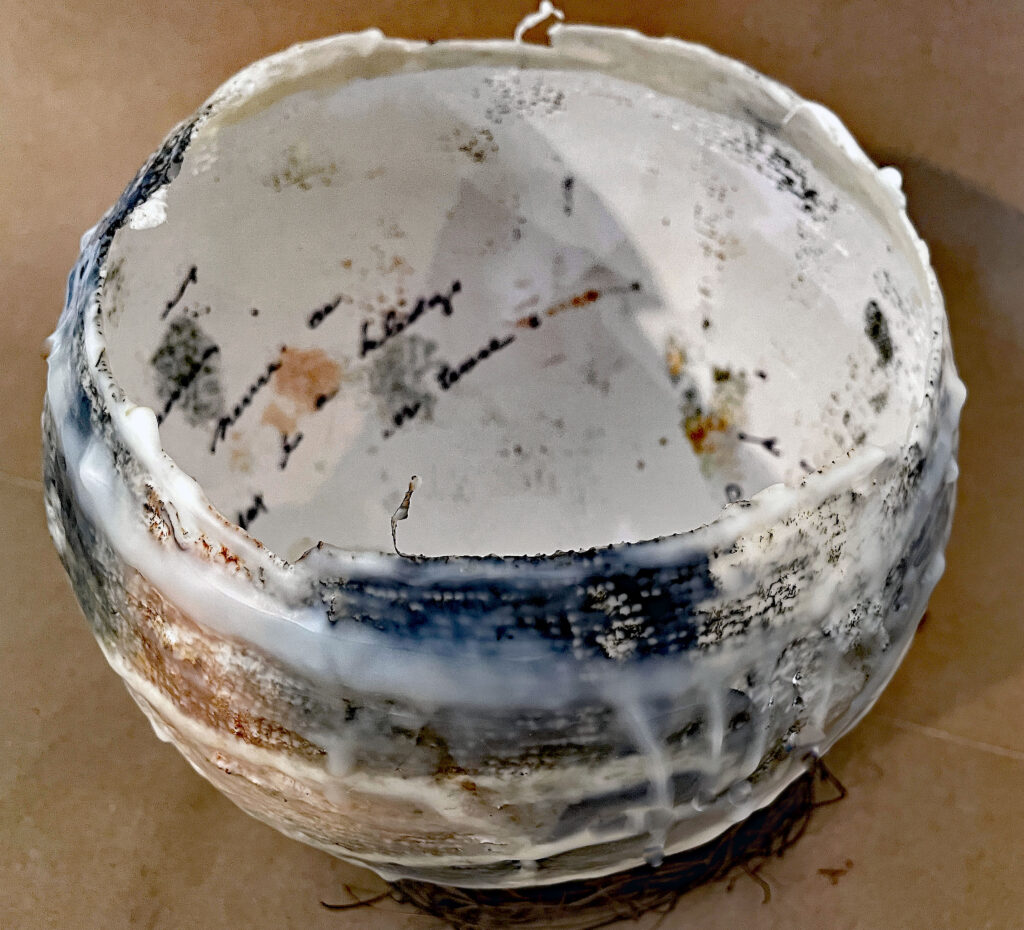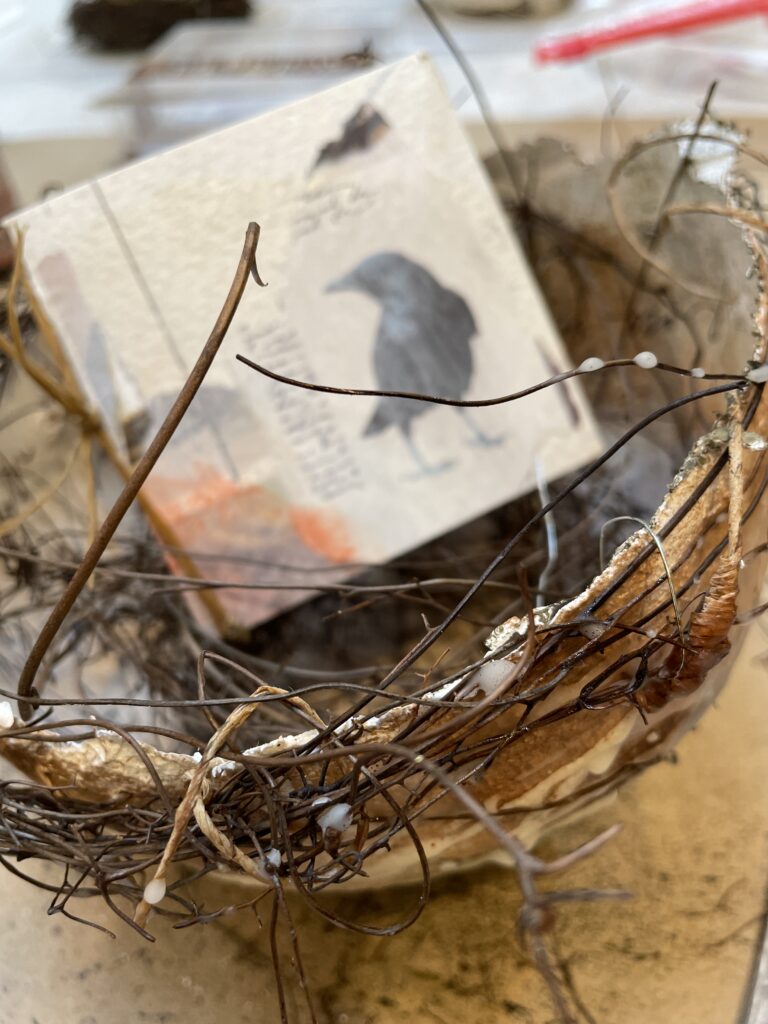As part of getting ready for my upcoming exhibition, I’ve been thinking about the complicated subject of selling art—not from a business standpoint, but from a human one.
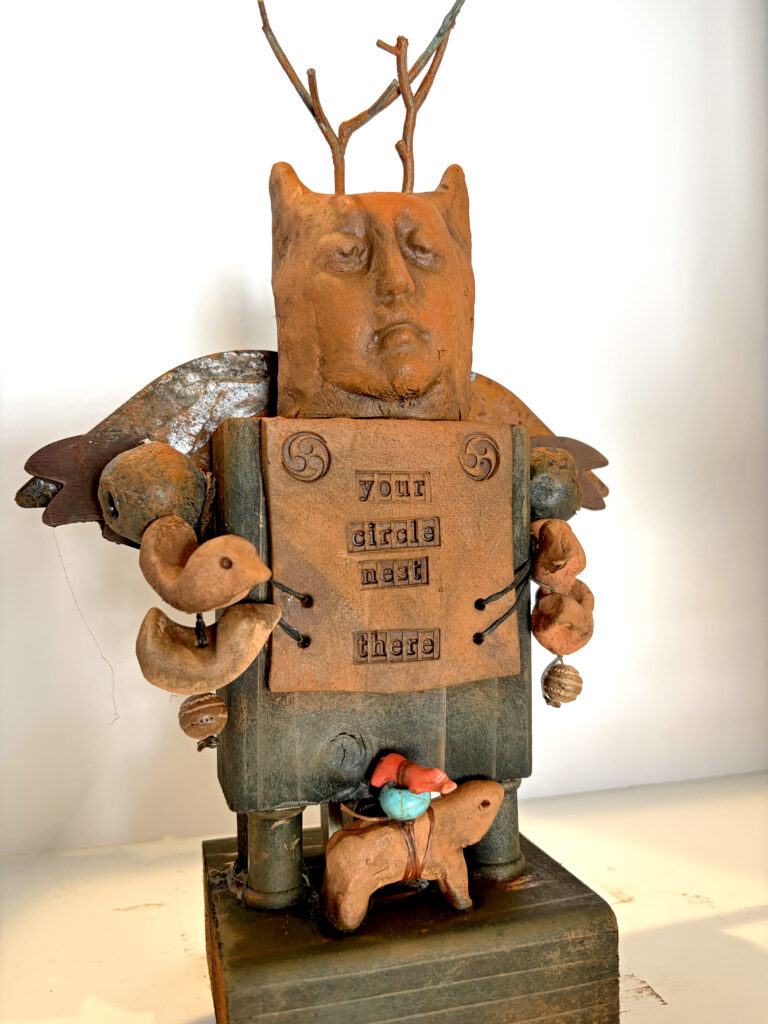
Mendicant Messenger: The Nest Keeper
Carries the knowledge that home is not claimed, but tended. Belonging is made through return, care, and the patient shaping of small, protective circles.
While working on my Encantos and Mendicant Messengers for the Taos show, it became very clear to me that there was no rational way to calculate their “value.” Every element was touched, considered, set aside, returned to, and finally placed with care. The work carried intention, patience, and a kind of spiritual listening that doesn’t show up on a spreadsheet. How do you put a price on that?

The Listener of Copper Paths: The Listener of Copper Paths encanto watches over people who carry hidden worries.
And yet, I still want these pieces to find homes where they’re needed. I want them to be accessible. They need to continue their lives beyond my studio. Somewhere between devotion and practicality sits the uncomfortable question: How do we translate process into money?
The first thing I keep coming back to is this: price is not a measure of meaning. It never has been. Money doesn’t pay for the spirit that went into the work. It simply allows the work to move—from studio to world, from maker to keeper. Price is not a judgment of worth; it’s a translation tool, a bridge between inner labor and outer systems.
Accessibility doesn’t mean undervaluing. Sometimes it means trusting that the right person will recognize the work, not consume it casually. Sometimes it means allowing the exchange itself to be part of the ritual of letting go—an acknowledgment that something cared for is being received with care.
And then there’s the bigger question that makes me pause: Is selling the ultimate goal for artists? If it were, art would feel thinner somehow. More transactional. Less alive.
Historically, artists have been motivated by things far deeper than sales: witness, transmission, service, continuity, remembering. Selling is just one possible outcome of that work—not its moral endpoint. When selling becomes the goal, art loses something. When art remains the goal, selling becomes quieter, more humane—a way of releasing work responsibly into the world.
If you feel sensitive or conflicted about pricing your work, that doesn’t mean you’re doing it wrong. It means your work still matters to you. The sadness isn’t about money—it’s about not wanting what you’ve made to be reduced to a transaction.
We’re allowed to hold both truths at once:
This work is priceless in spirit.
This work needs a number so it can find its way.
That tension isn’t a failure. It’s a sign that the work still has a soul. In the end, pricing is not a test you pass or fail. You can seek counsel, follow structure, and change your mind—but the number you choose is simply the one that feels like a respectful release.
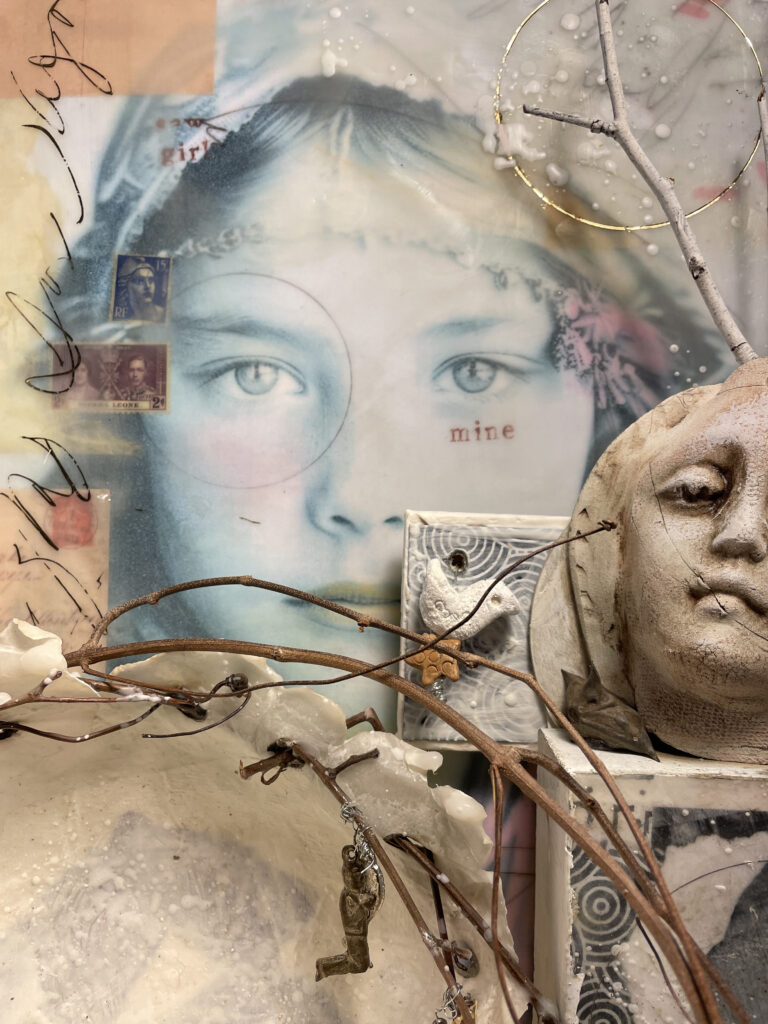

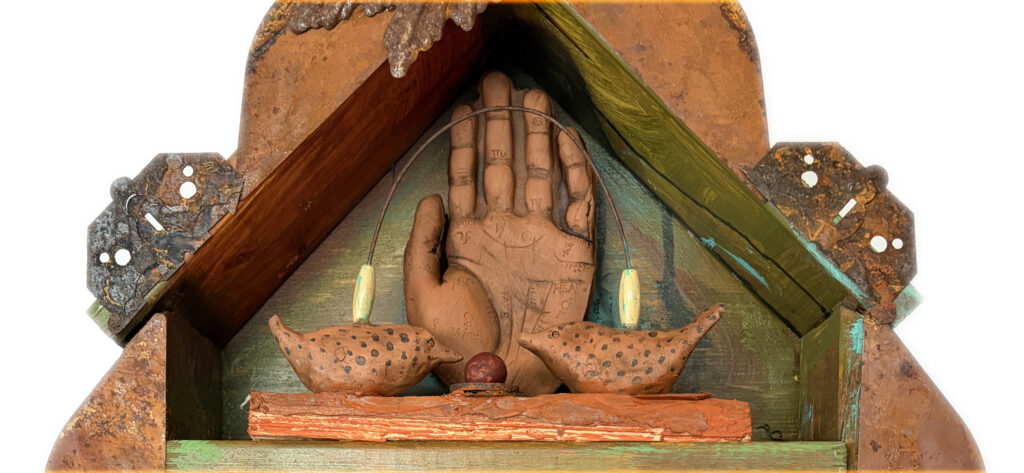

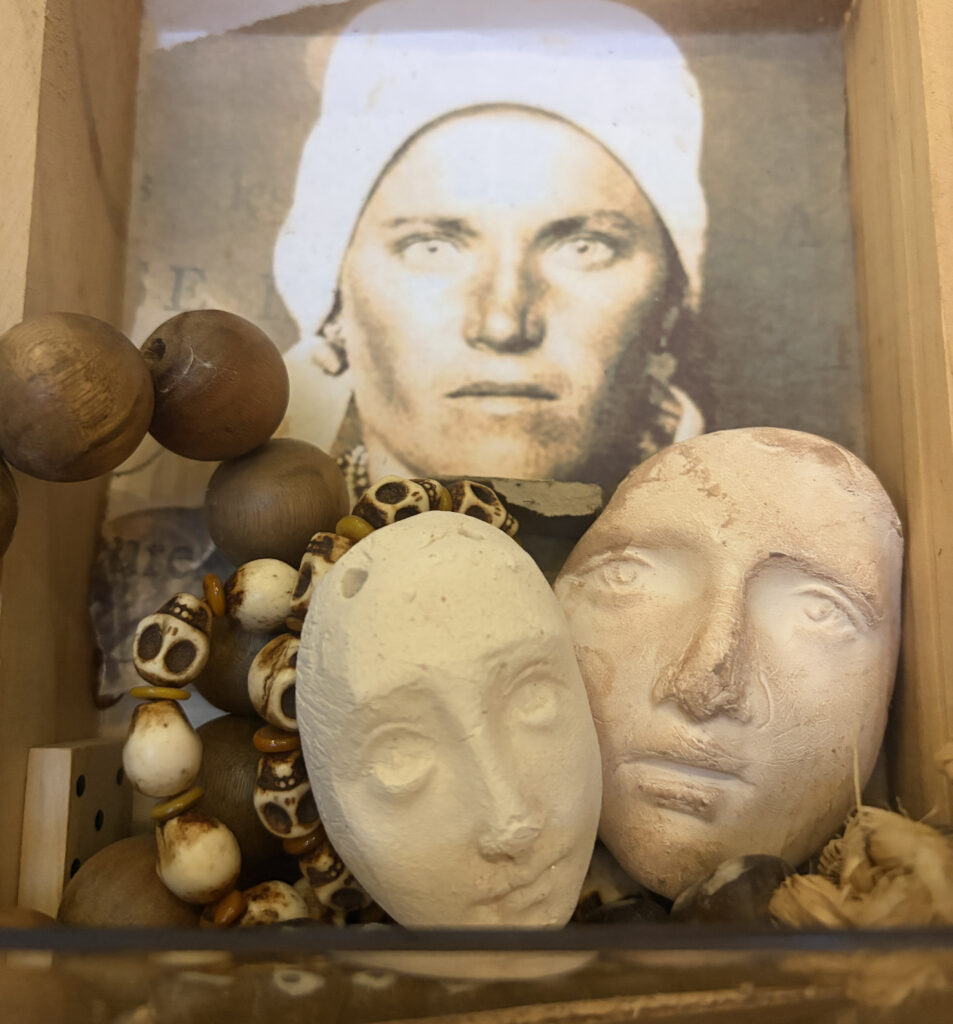


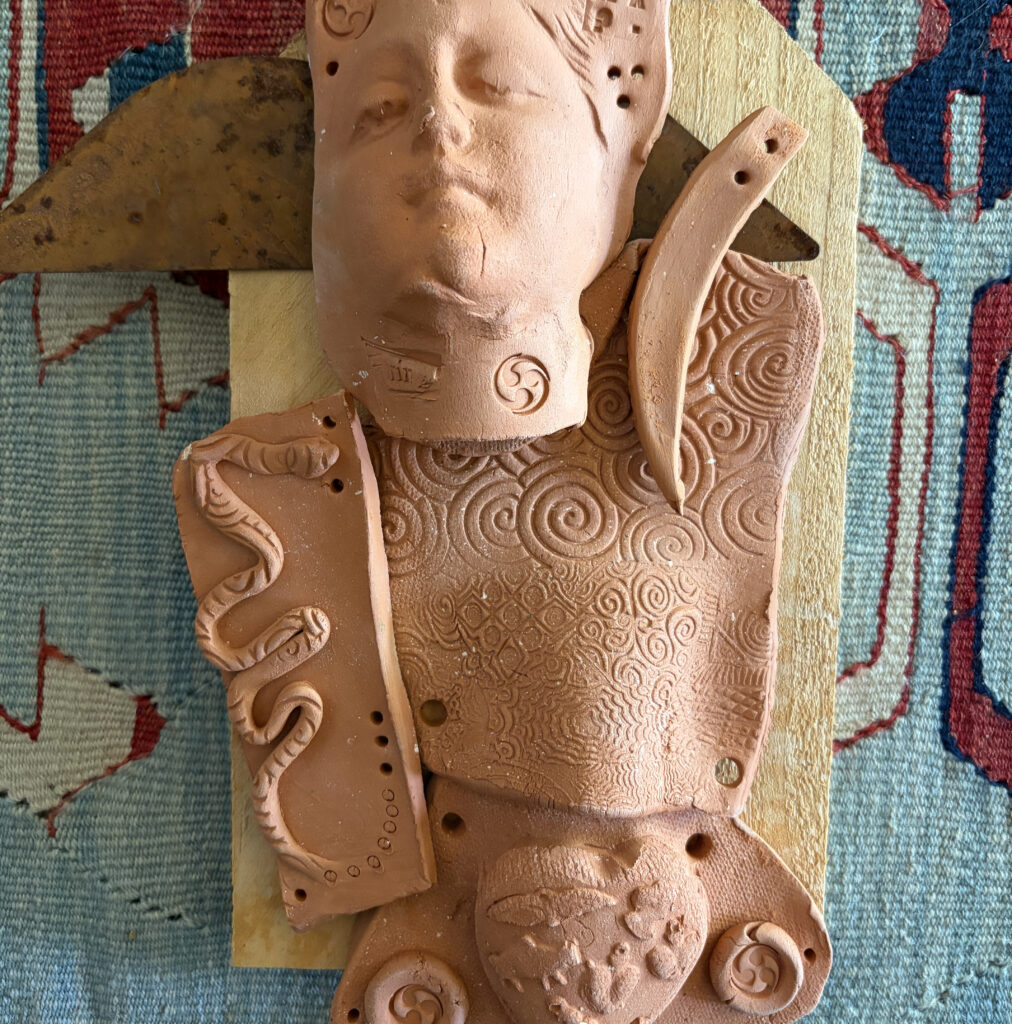 I’m also carrying continuity. The understanding that the work doesn’t reset on January 1st. We bring our fragments with us—unfinished ideas, saved scraps, half-formed thoughts—and the new year simply offers a fresh surface on which to assemble them. It also gives us a grounded connection to where we have been.
I’m also carrying continuity. The understanding that the work doesn’t reset on January 1st. We bring our fragments with us—unfinished ideas, saved scraps, half-formed thoughts—and the new year simply offers a fresh surface on which to assemble them. It also gives us a grounded connection to where we have been.